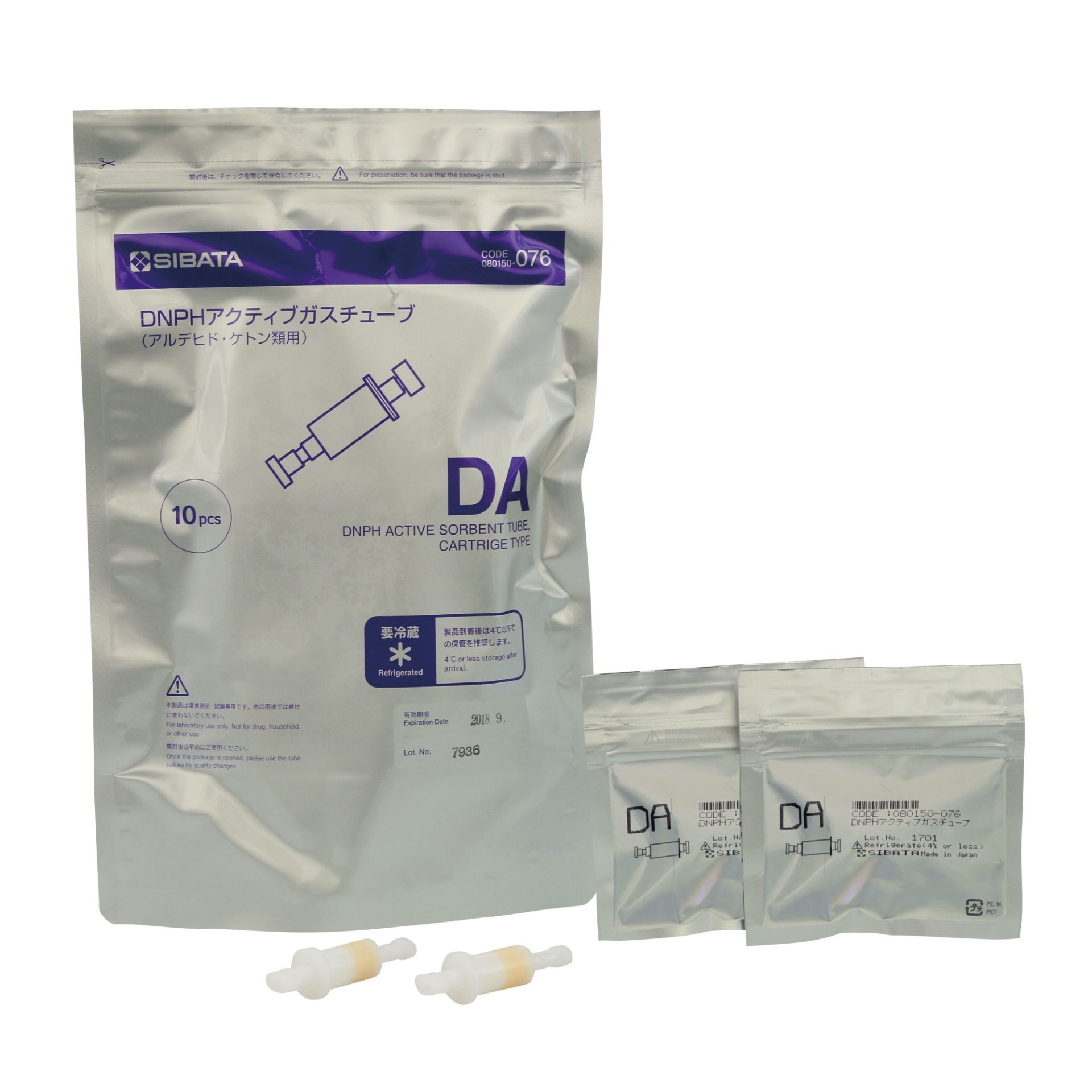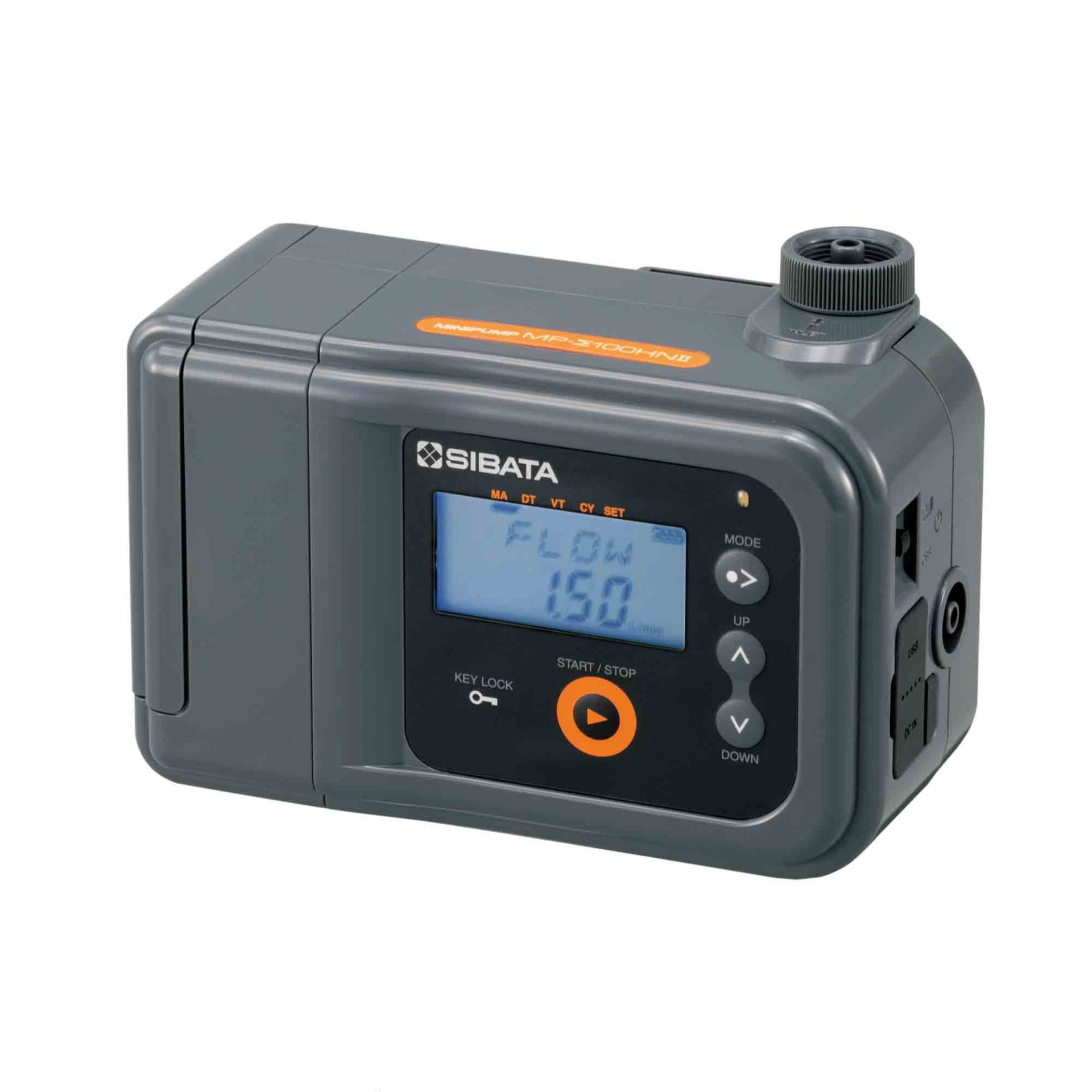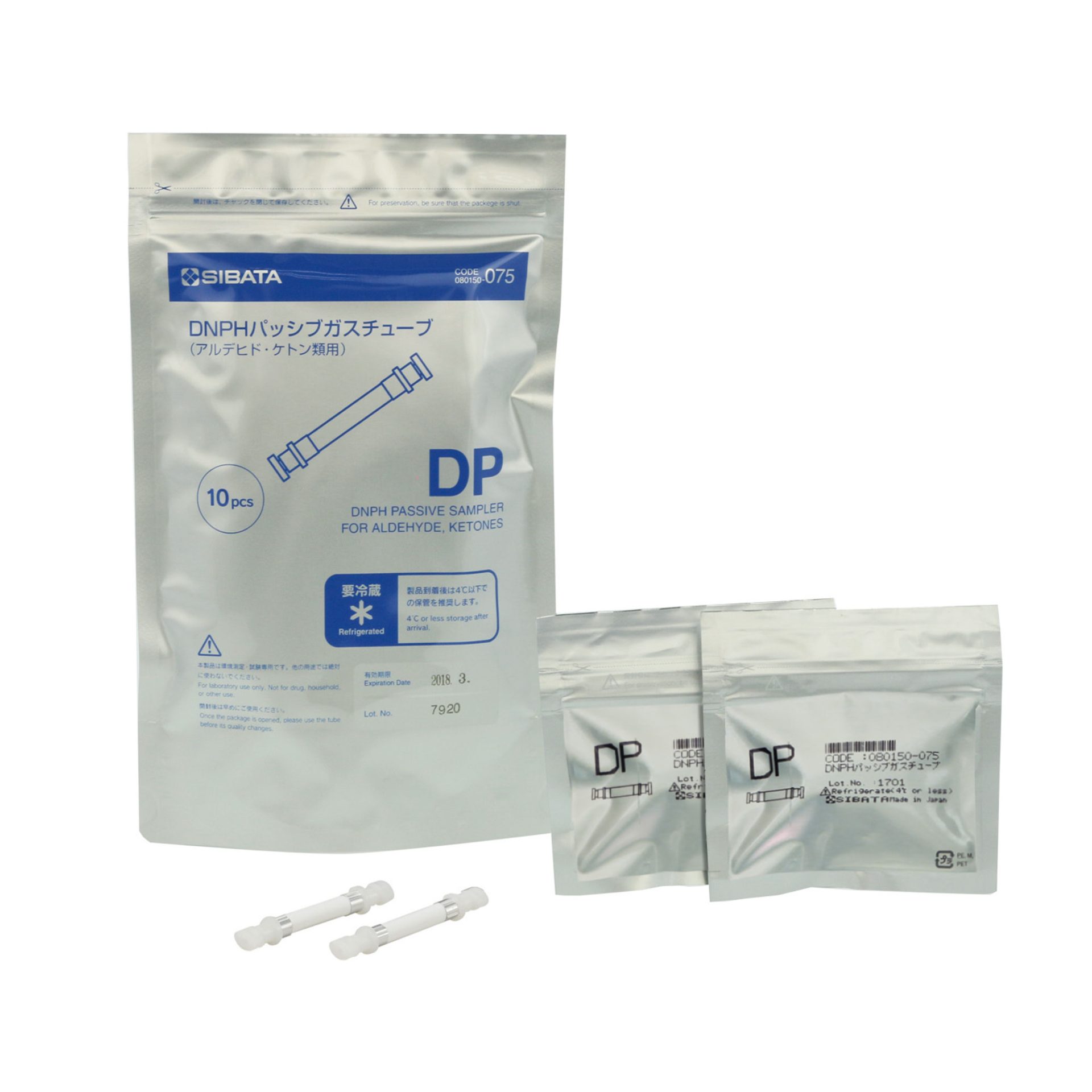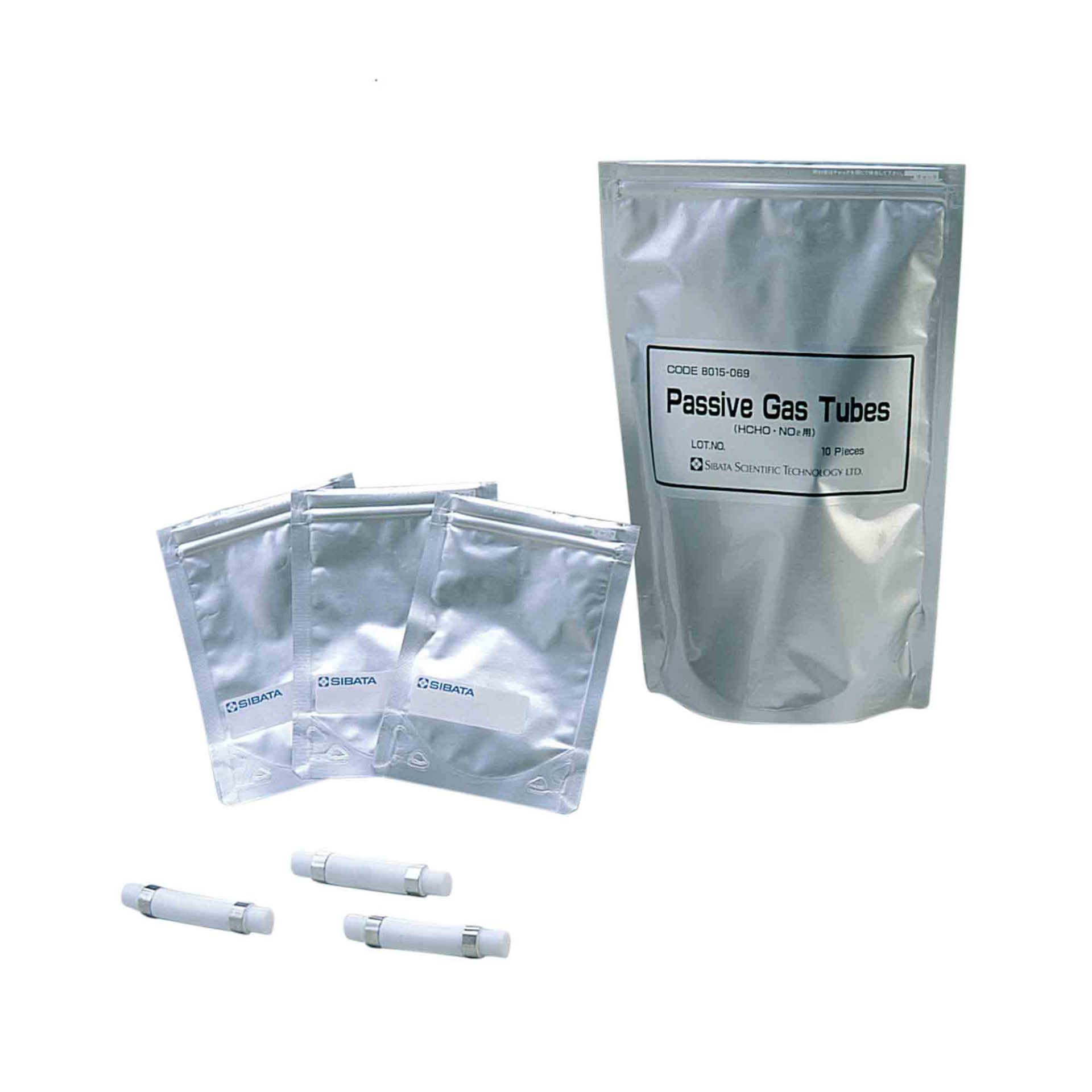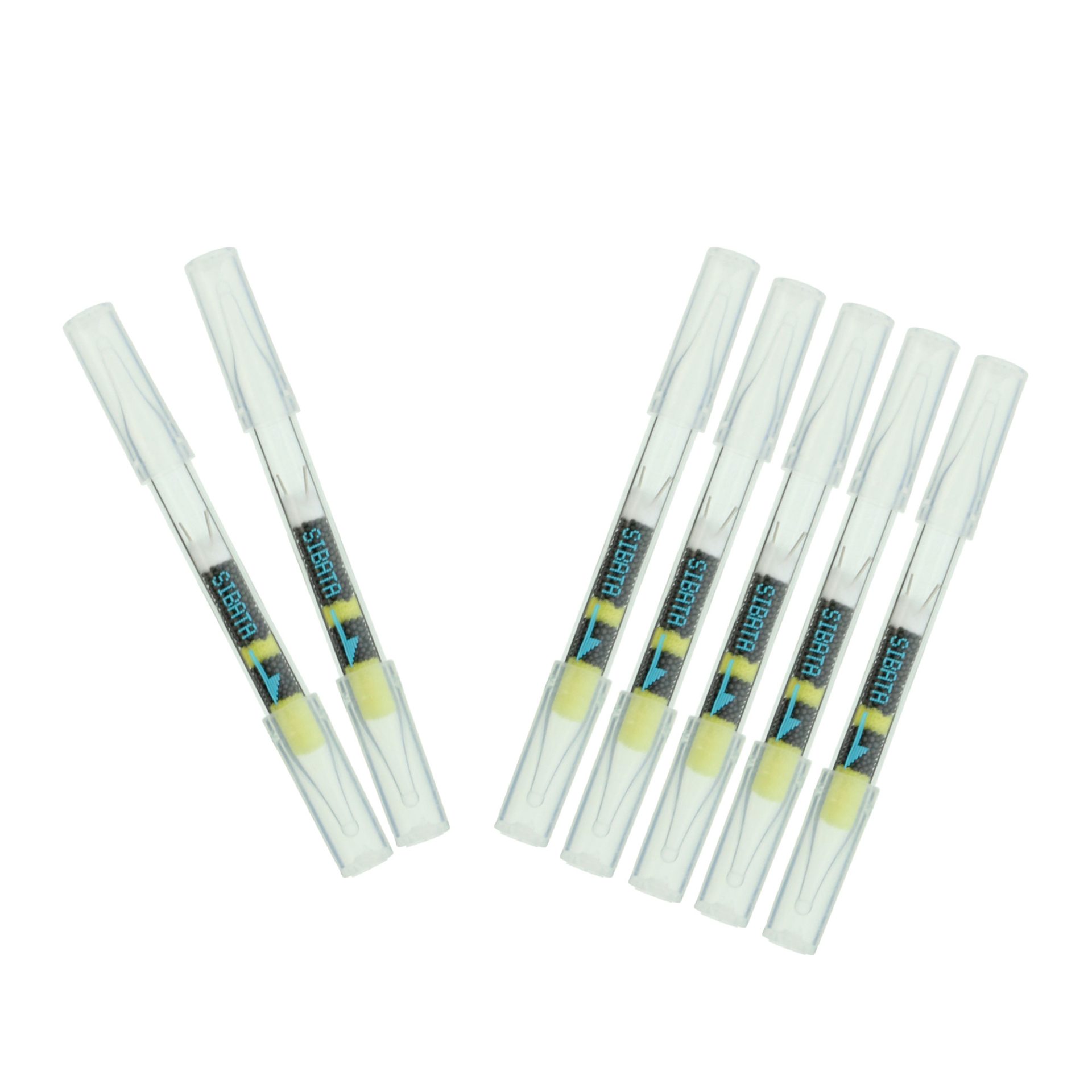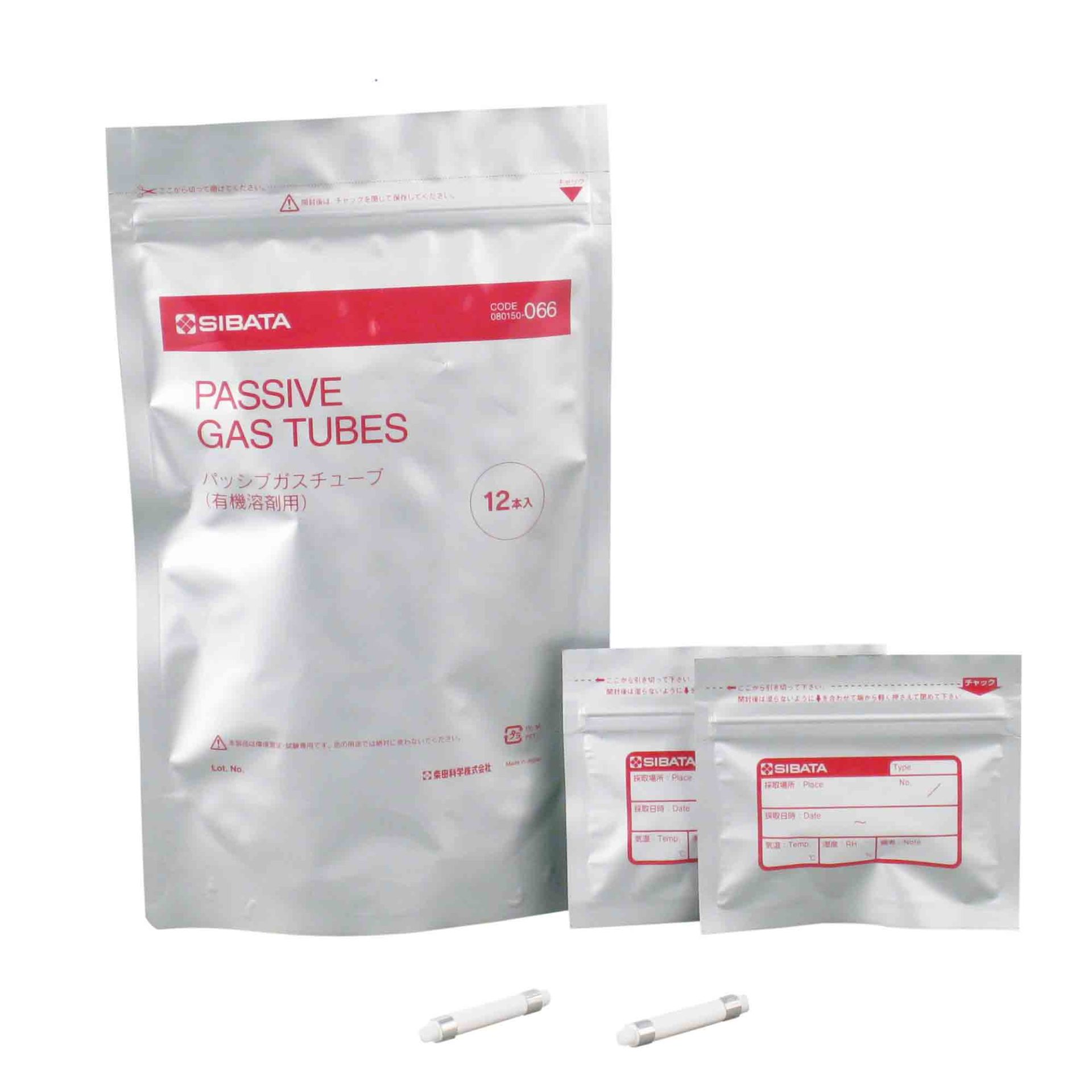Air Environment
Dioxin
The dioxin measurement manual by the Ministry of the Environment defines methods for measuring dioxin in the environmental atmosphere. Here, we will introduce our products used for dioxin sampling in the general atmosphere with reference to the manual. In addition, we will also introduce equipment related to the collection and measurement of dioxin around the source.
Dioxin sampling in the general atmosphere
High Volume Air Sampler
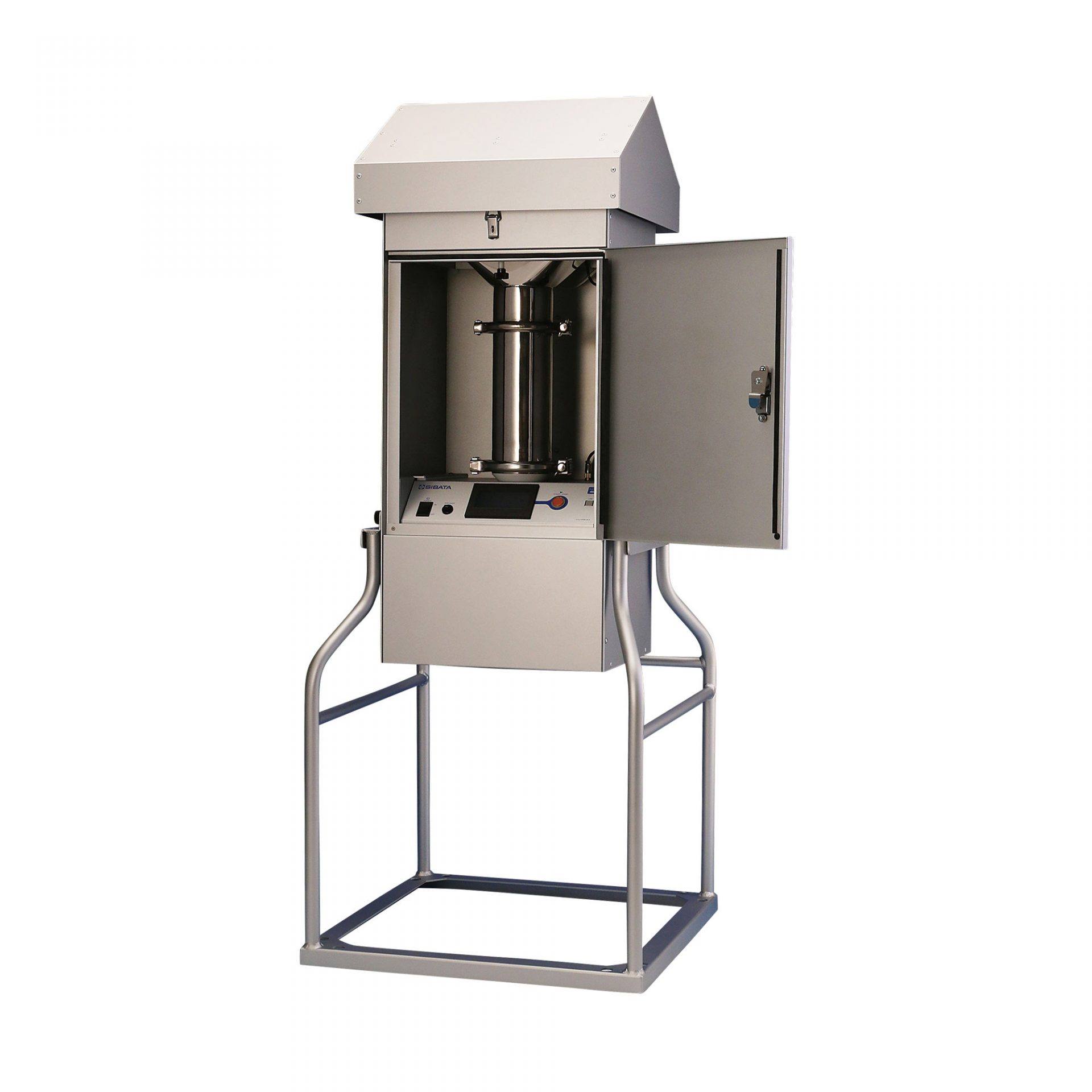
In the dioxin measurement manual, it is a product specializing in dioxin sampling so that not only the flow rate and measurement time but also the collecting material such as filter paper and urethane can be easily attached.In addition, sampling for POPs measurement in the atmosphere as stipulated in the Stockholm Convention can be used as well.
Dioxin sampling in waste incineration facility related work
High Volume Air Sampler
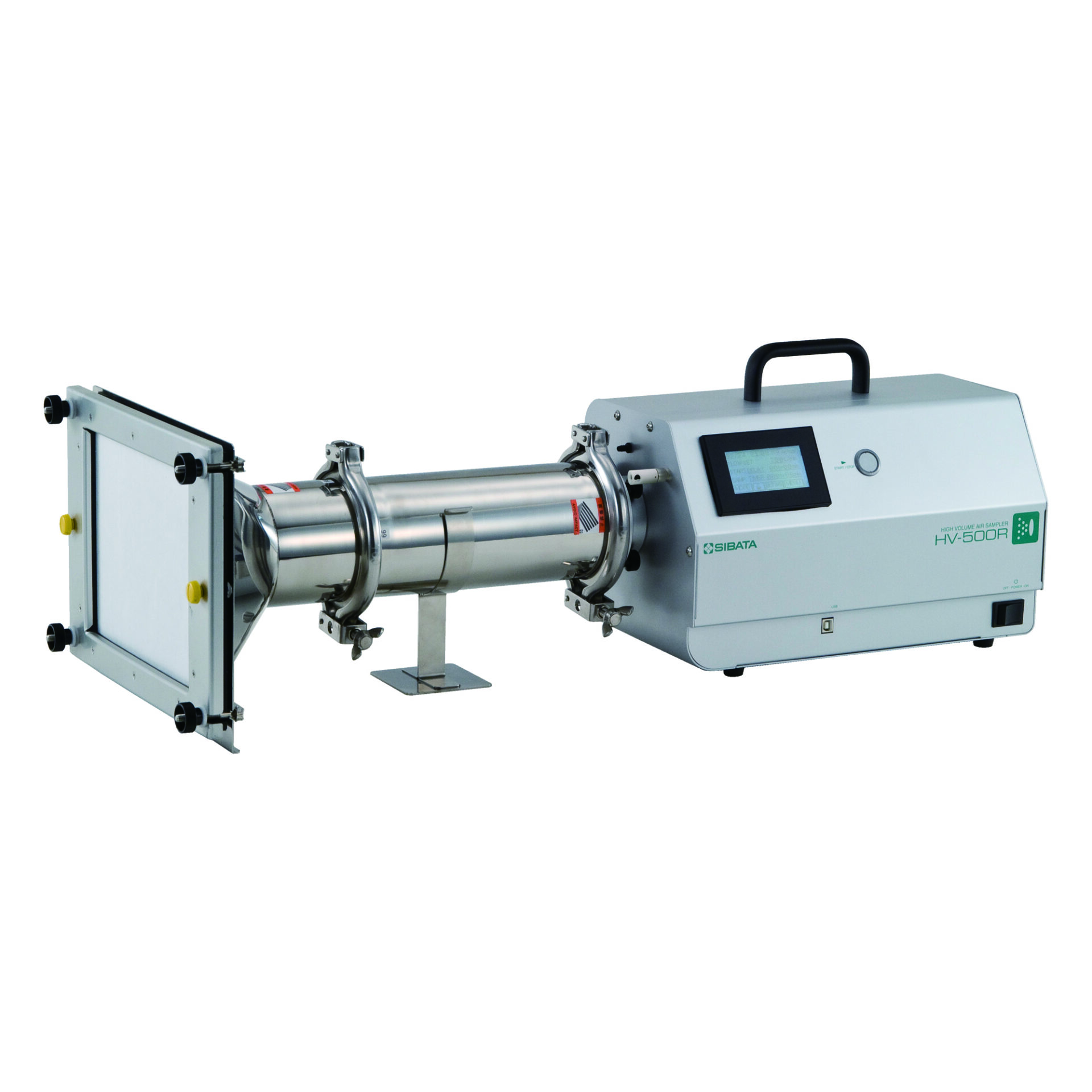
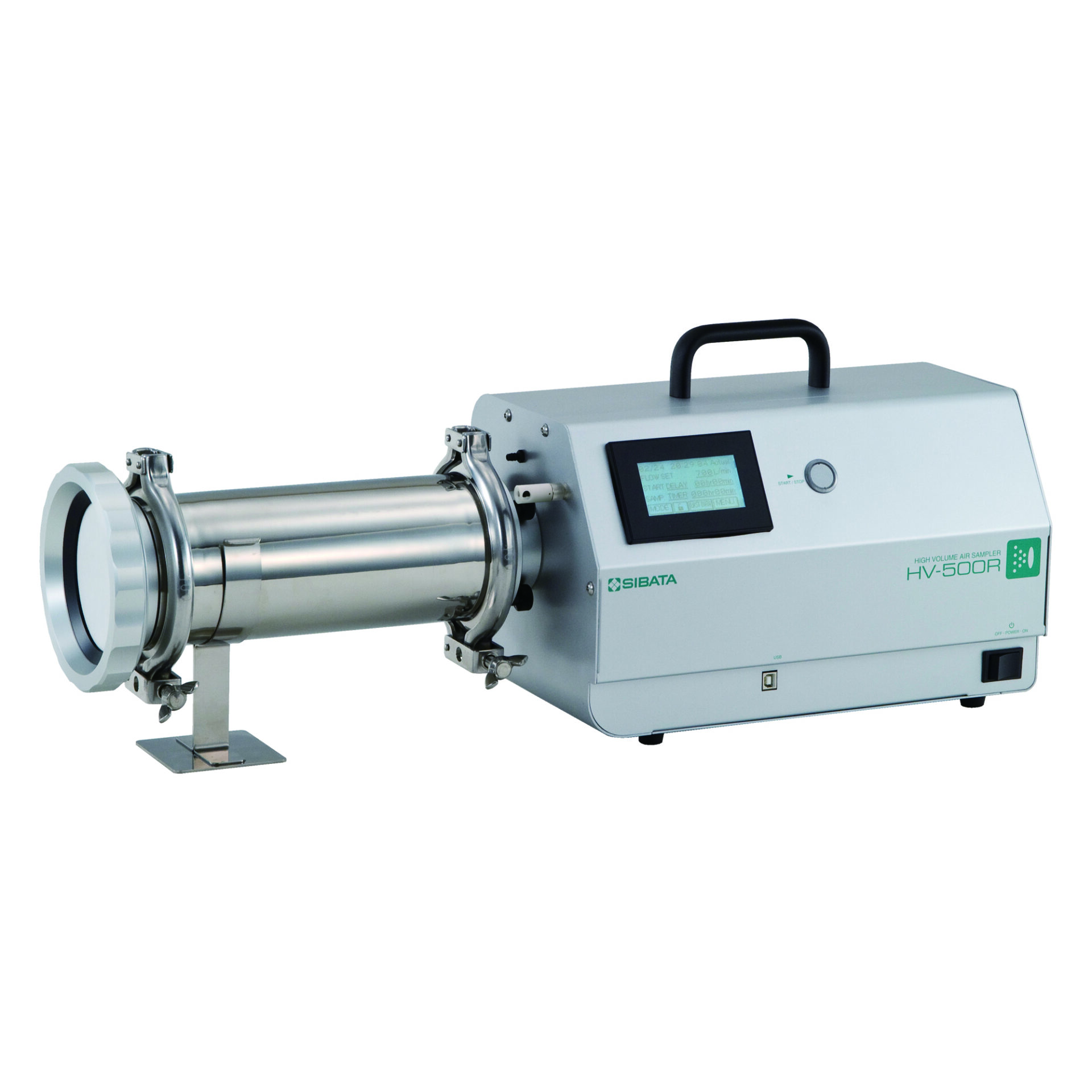
This product is used to measure the concentration of dioxin and total dust in the air in the outline of measures to prevent exposure to dioxin in waste incineration facility-related work.
●High Volume Air Sampler, Model HV-500RD1for Dioxin
●High Volume Air Sampler, Model HV-500RD for Dioxin
Digital Dust Indicator
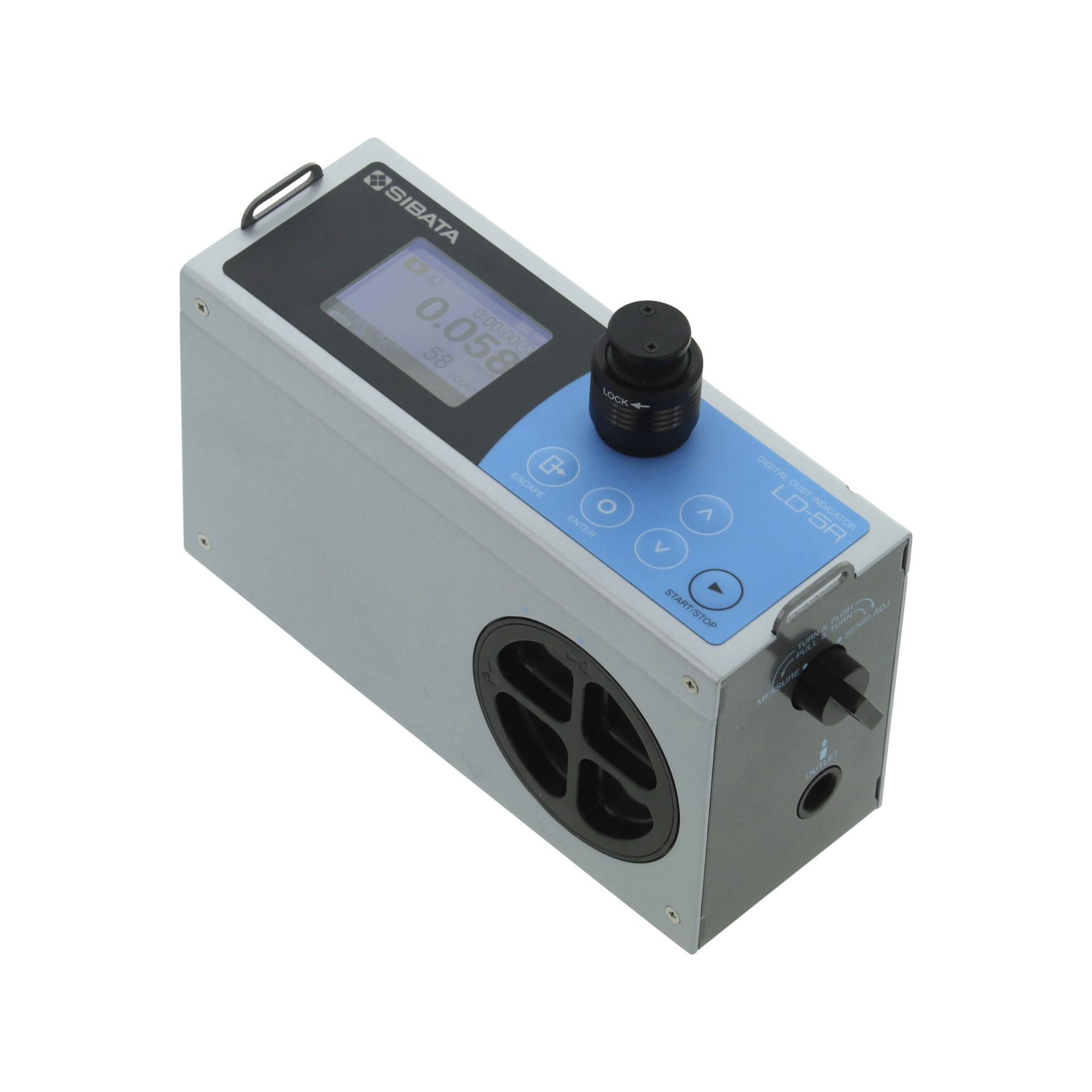
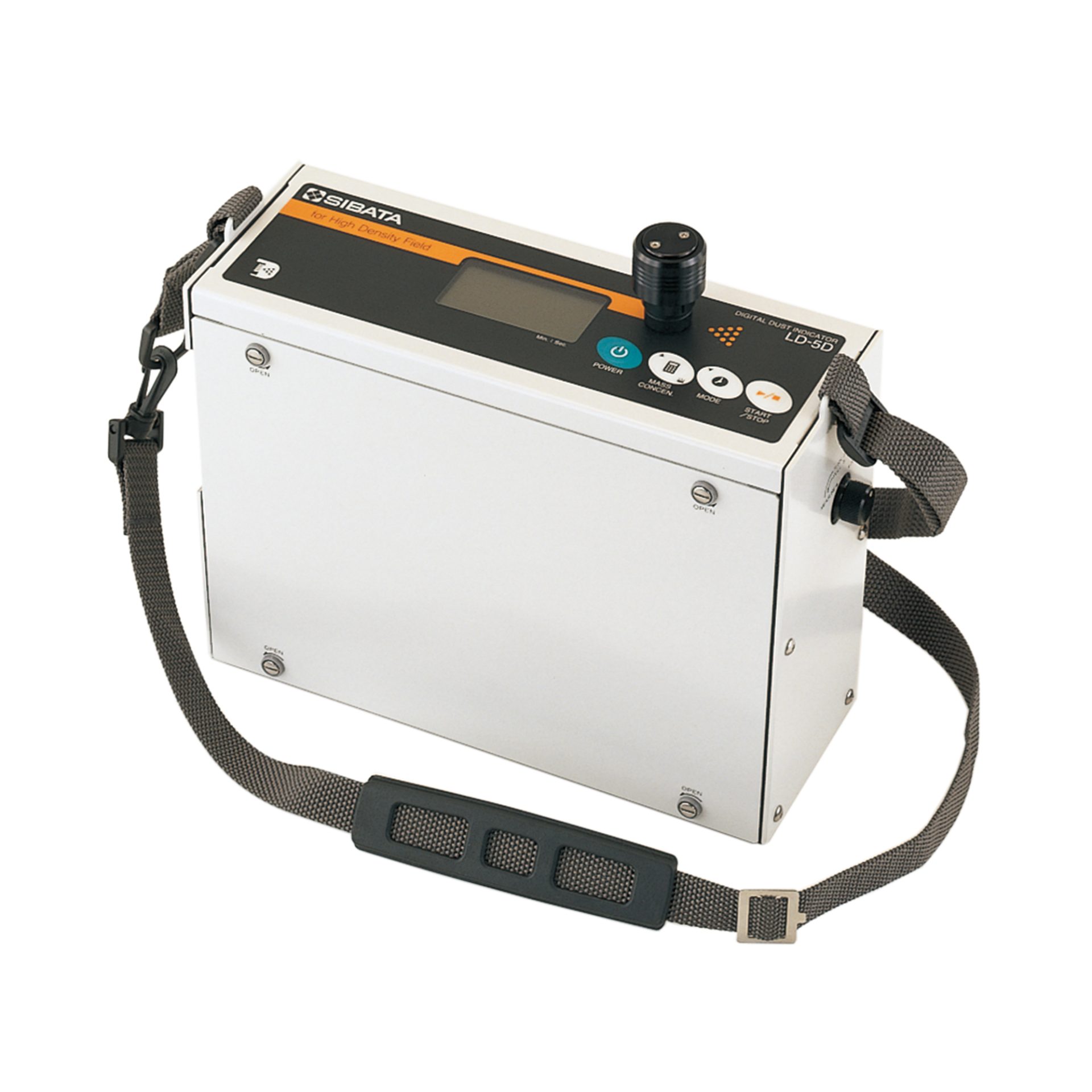
In the outline of measures to prevent exposure to dioxin in waste incineration facility-related work, the dust relative concentration indicator can be used under certain conditions.
Sampling Particle from opem face to PM2.5
For the measurement of airborne dust, the standards for suspended particulate matter (SPM) that cuts 10 μm 100% and fine particulate matter (PM2.5) that cuts 2.5 µm 50% are based on the “Environmental Standards for Air Pollution” established by the Ministry of the Environment. Here, we will introduce a sampler for collecting dust, a sizing device for sizing to each particle size, and a sampler that is the official method for collecting PM2.5.
Collection of suspended particulate matter
All-weather high volume air sampler standard type
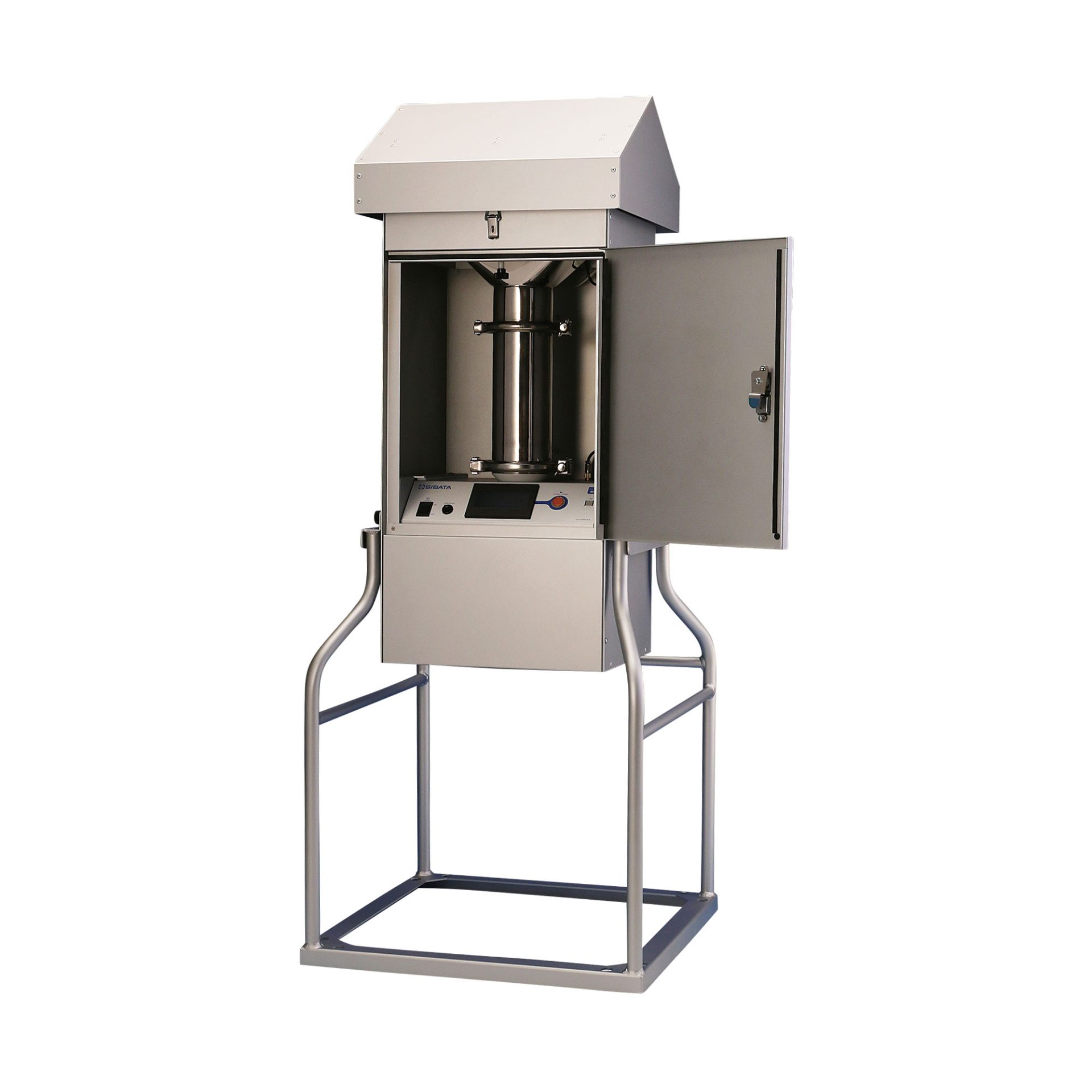
It is an all-weather type sampler that collects harmful substances in the atmosphere at a high flow rate. A wide suction flow rate of 100 to 1200 L / min can be set. If the filter paper is attached in the open face, the suspended particulate matter will be sampled without particle separation. By setting various sizing separator on the filter paper, various sizing sampling is possible.
Various Particle Separator in HV-RW
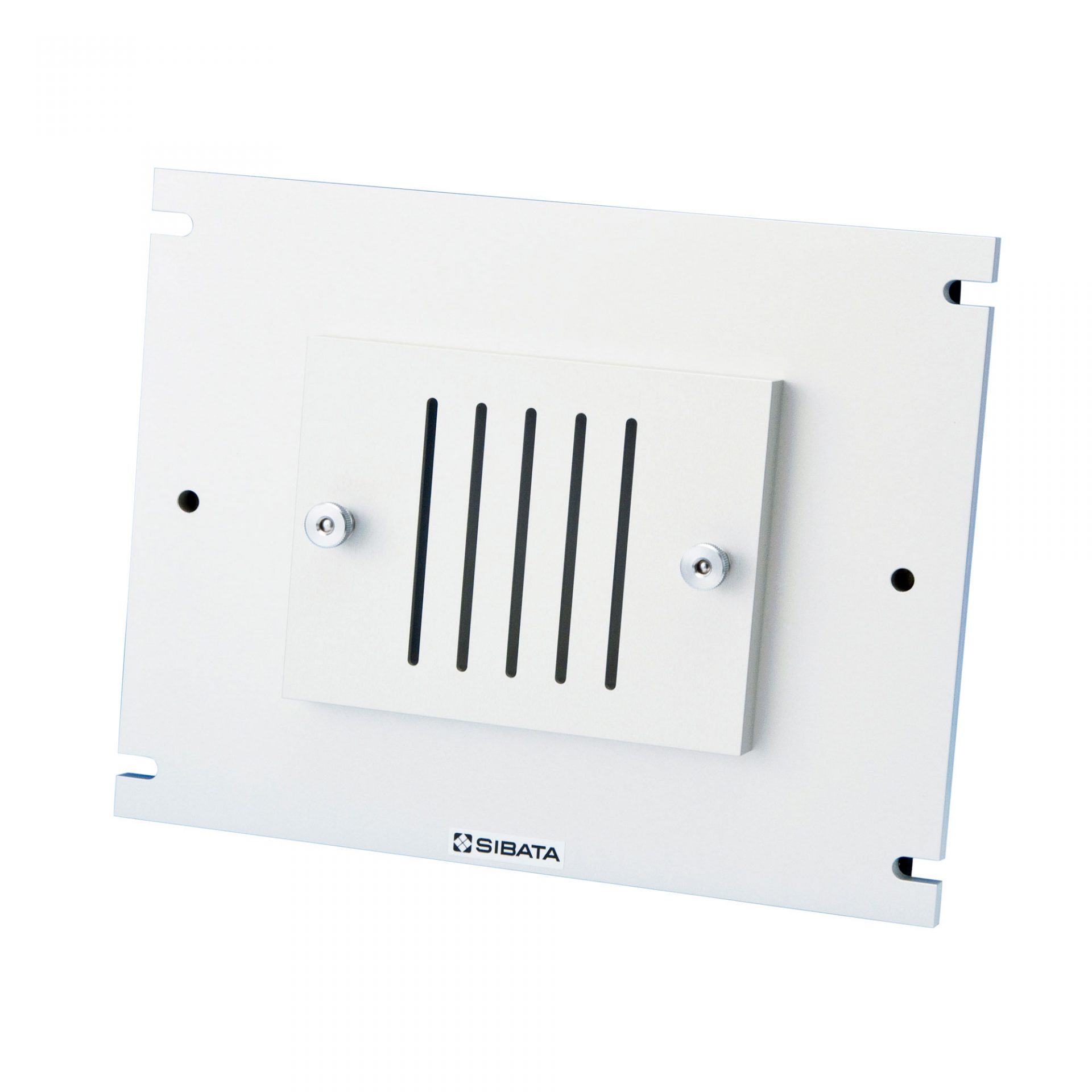
SPM Suction flow 1000L/min
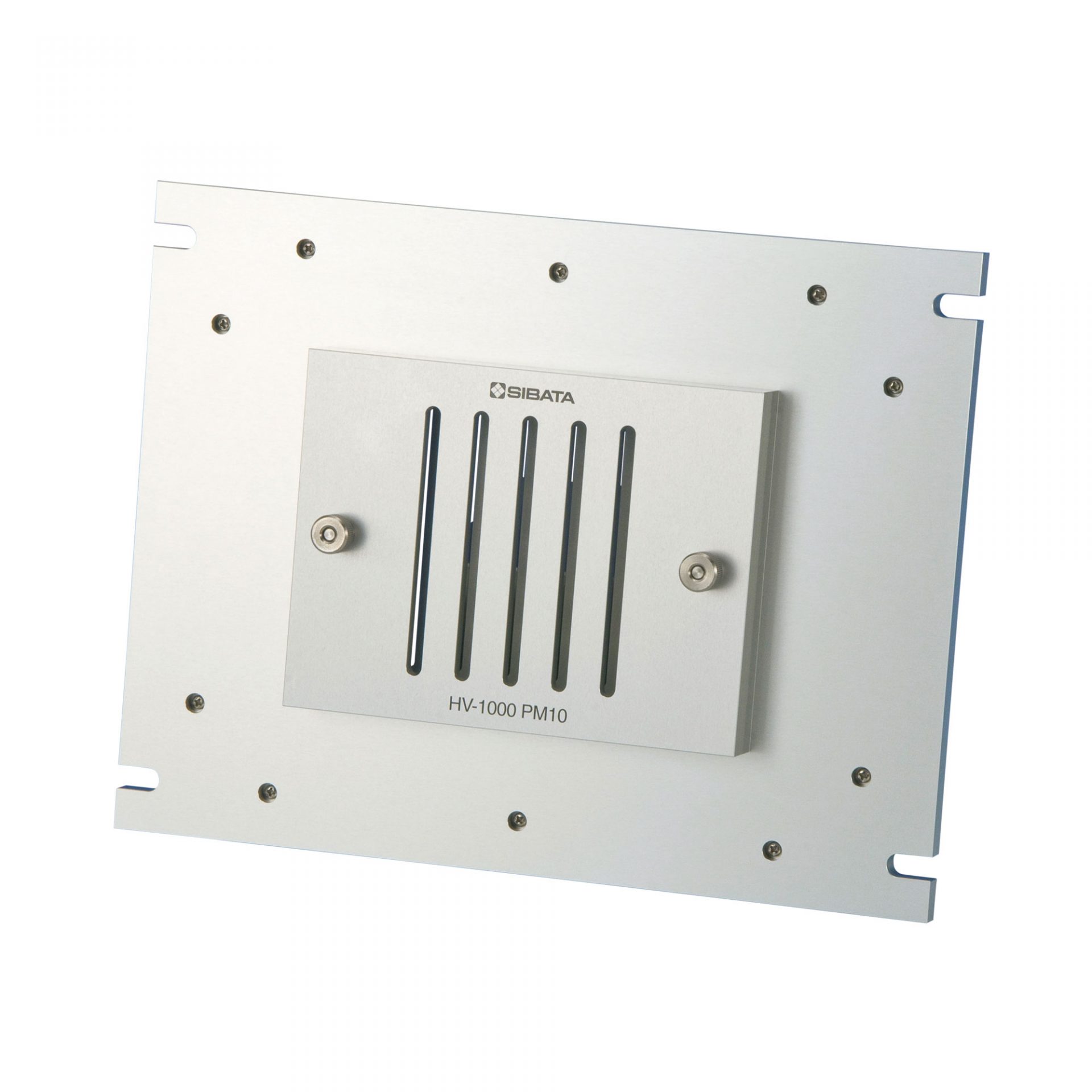
PM10 Suction flow 1000L/min
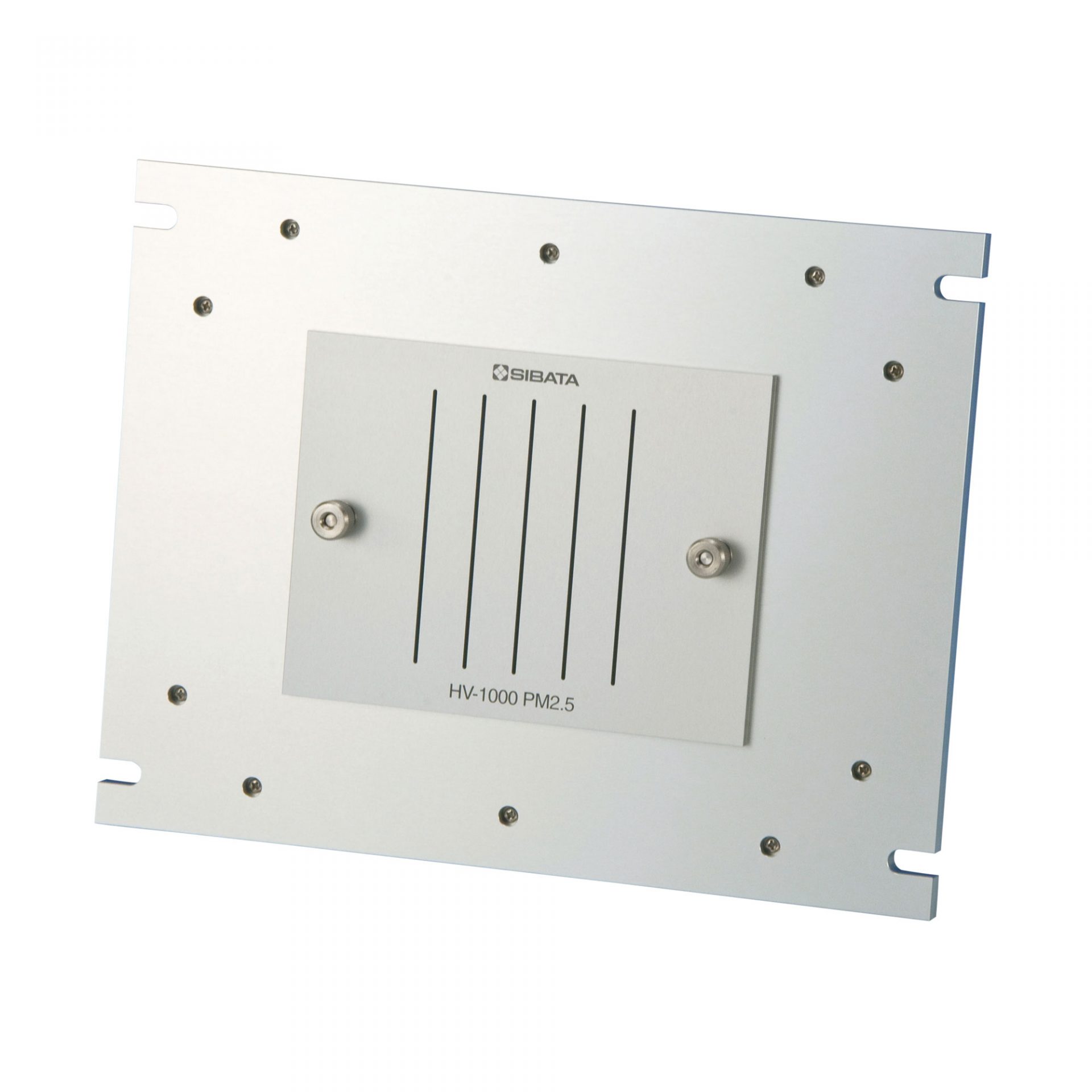
PM2.5 Suction flow 1000L/min
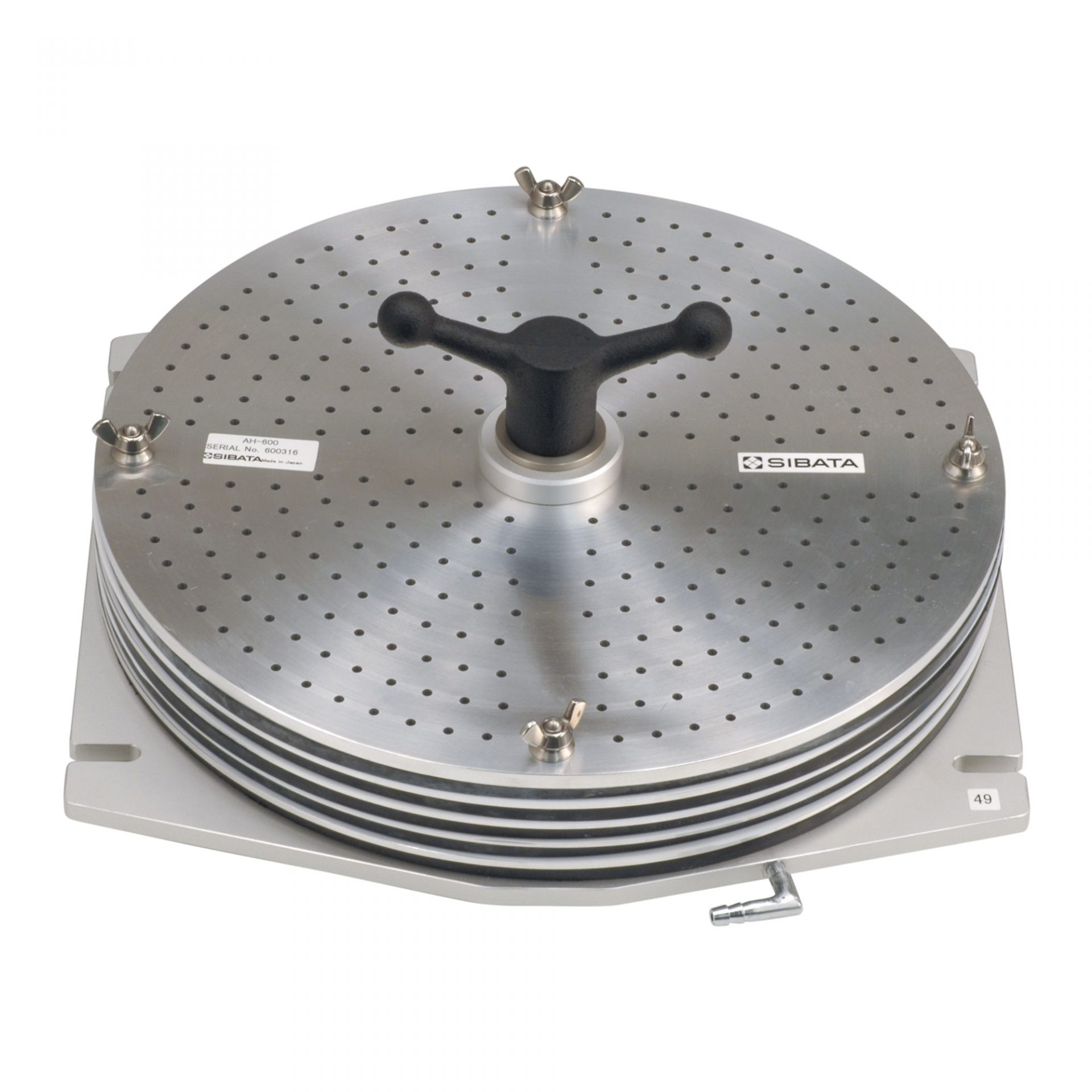
Special multi-stage separation Suction flow 566L/min,Separation of 1.1-7.0 μm aerosol in 4 separation stages
PM2.5 sampler (official method)
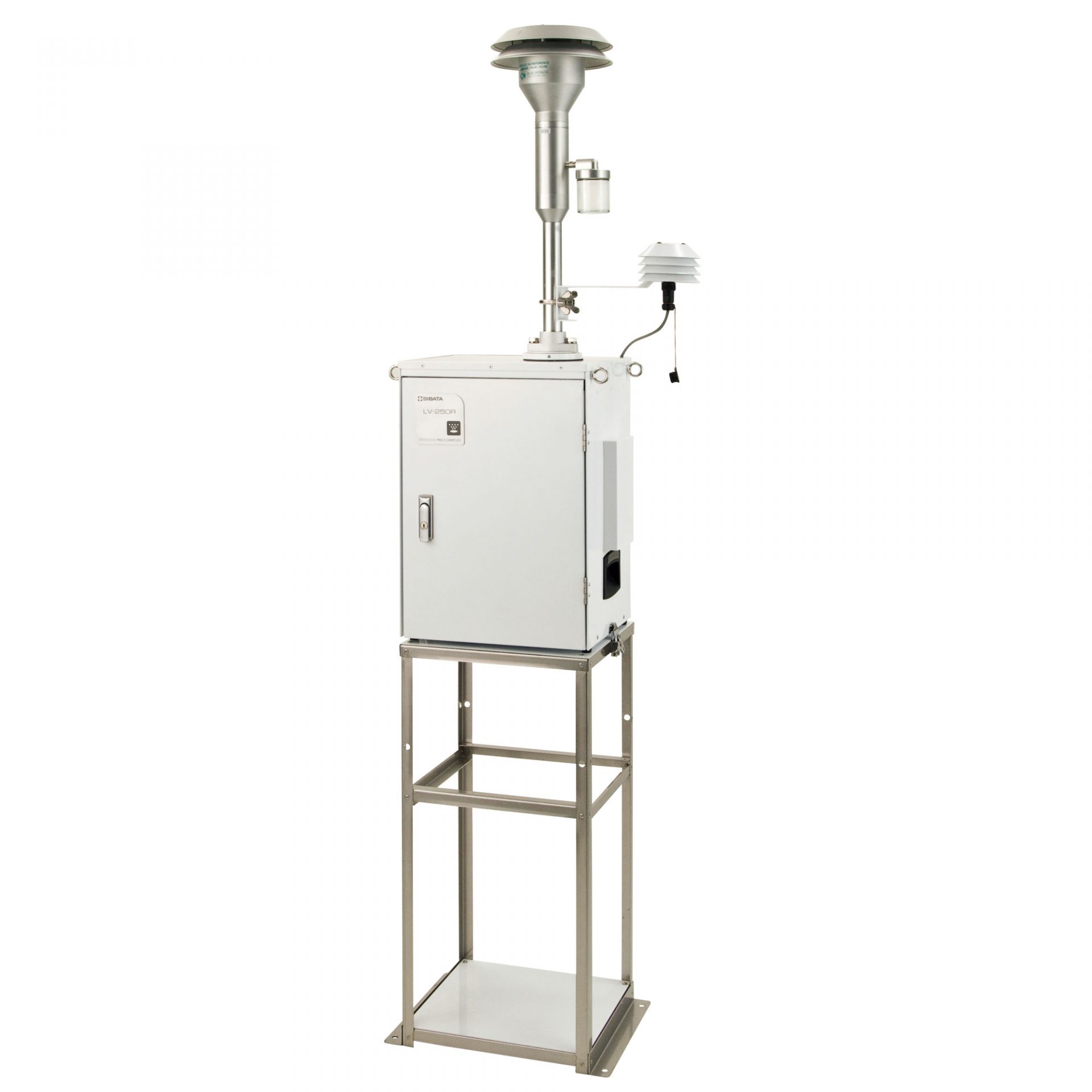
It is a sampler equipped with a WINS impactor that conforms to the standard measurement method set by the Ministry of the Environment. The constant flow device keeps the suction flow rate constant at 16.7 L / min and maintains the separation characteristics of PM2.5 of the impactor.
Portable High Volume Air Sampler
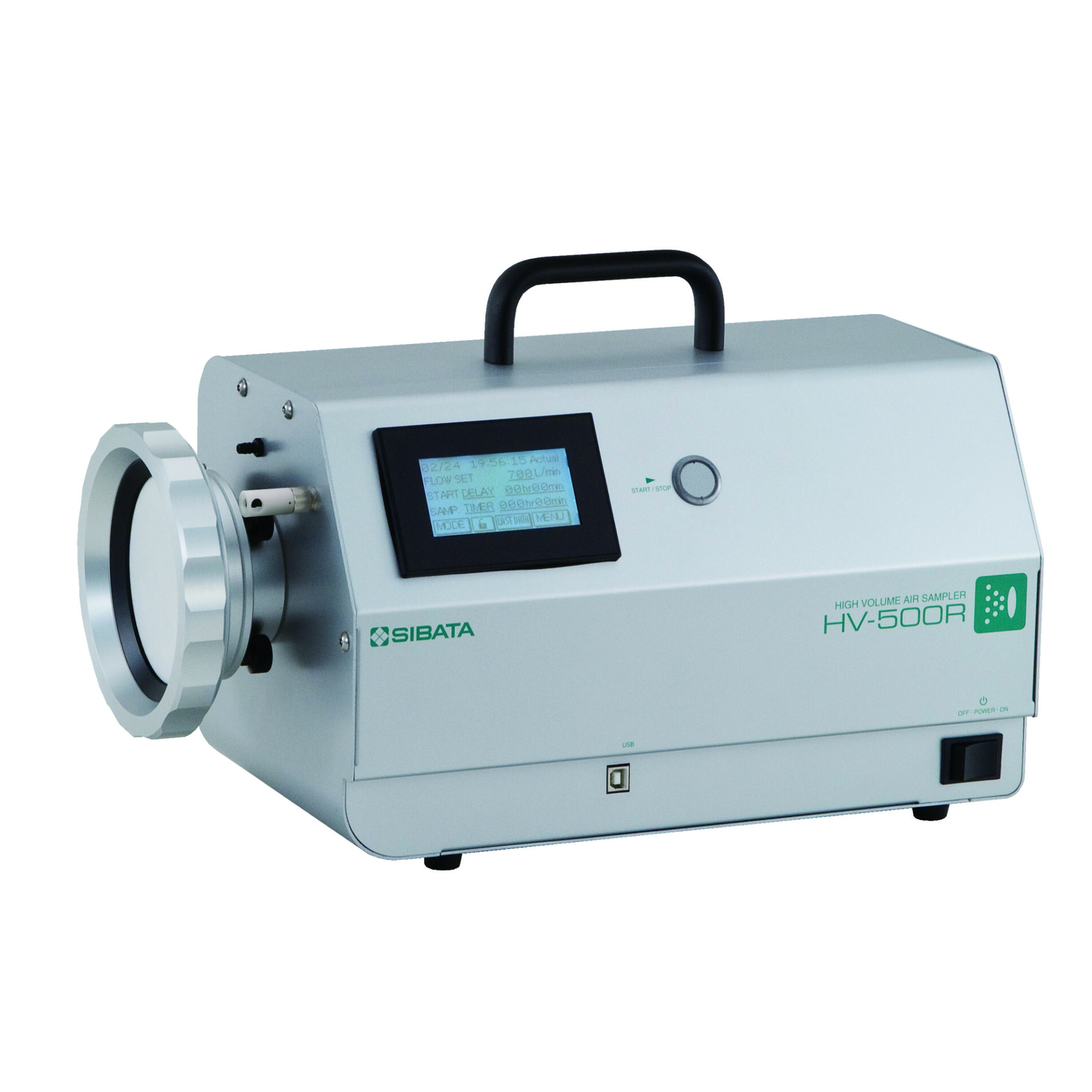
Although it is a non-all-weather type, it is portable and is used not only in indoor workplaces but also in air sampling.It has a wide suction flow range of 100 to 800 L / min. If the filter paper is attached in the open face , the suspended particulate matter will be sampled without particle separation. By setting various sizing devices on the filter paper, various sizing particle separation is possible.
●High Volume Air Sampler, Model HV-500R for Dust
Various Particle Separator in HV-500R
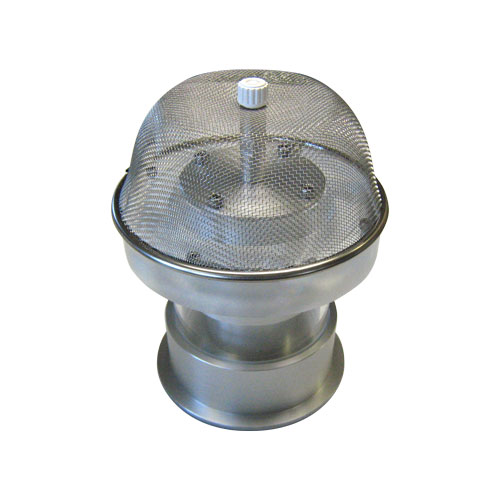
PM2.5 Suction flow 480L/min
● Large flow straight type cyclone
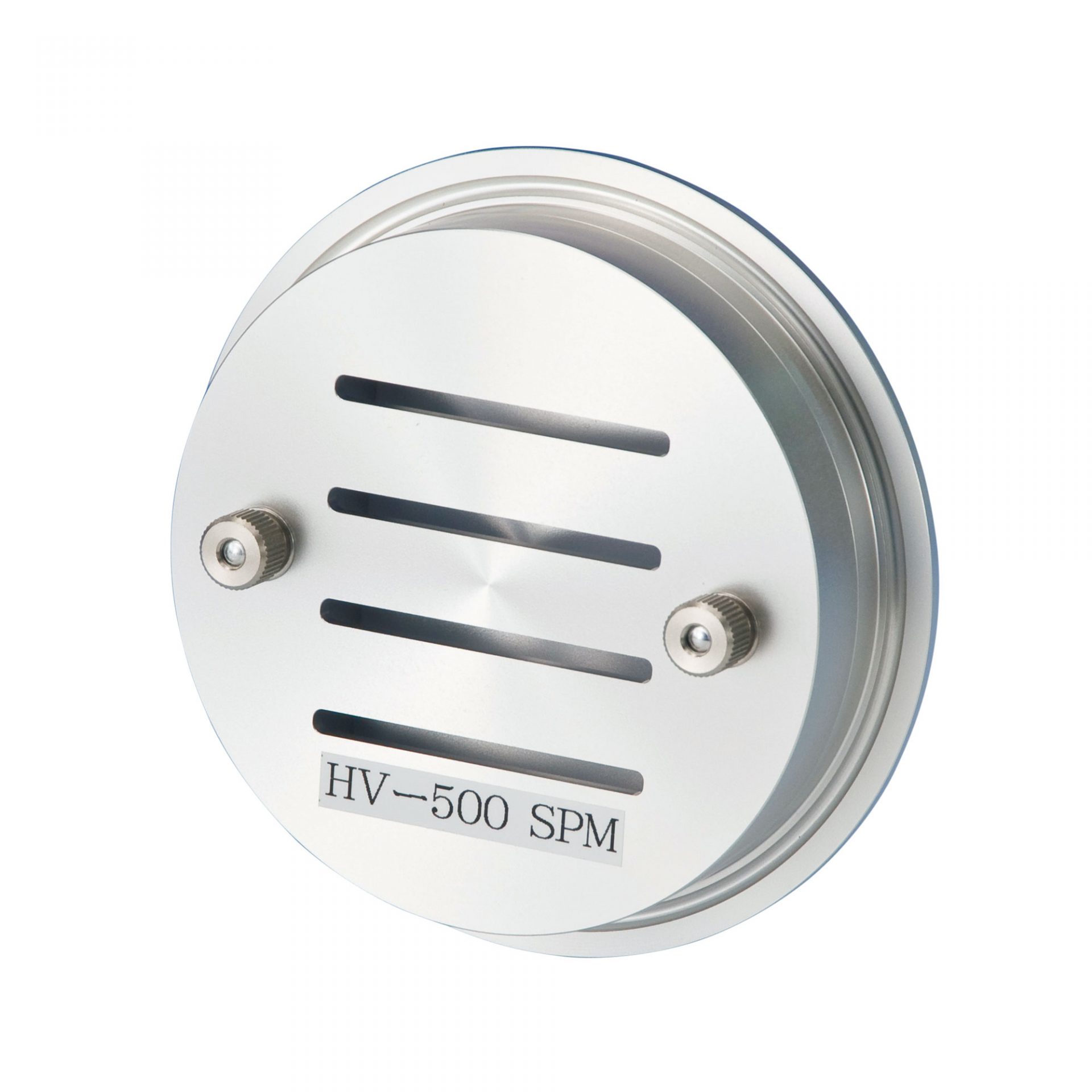
SPM Suction flow 500L/min
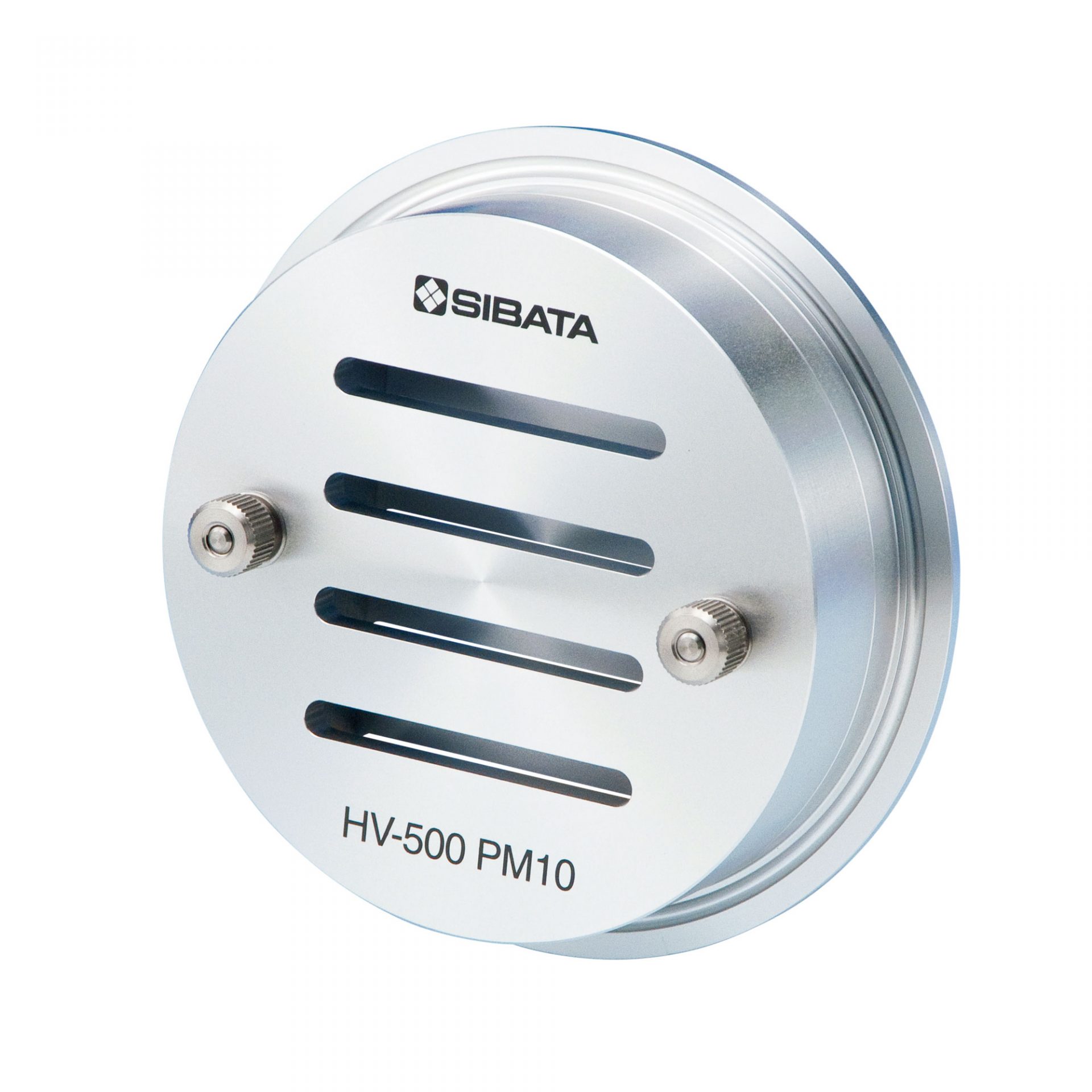
PM10 Suction flow 500L/min
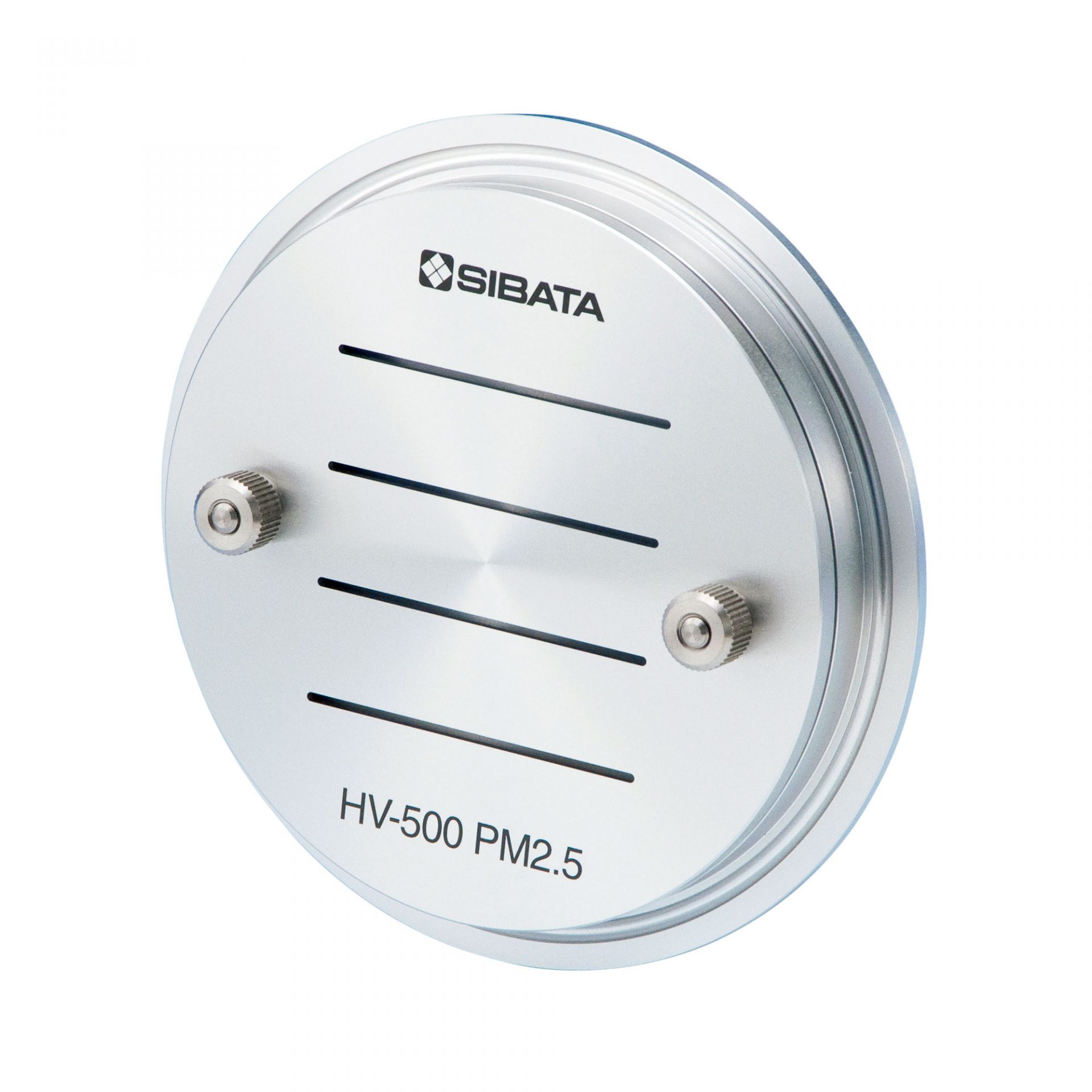
PM2.5 Suction flow 500L/min
Special Multi-Stage Separation
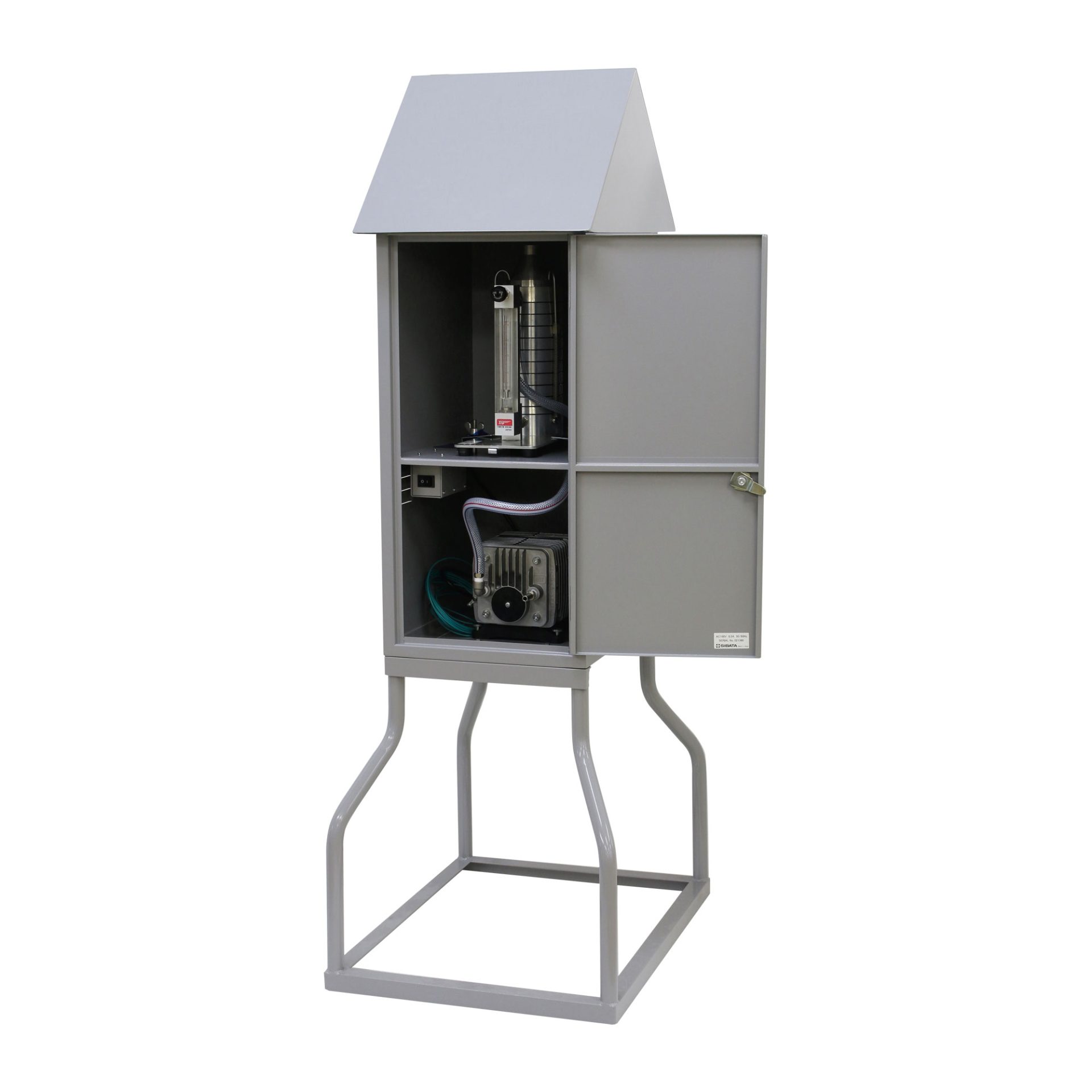
It is an impactor type particle distribution measuring instrument that can separate 0.43 to 11 μm aerosols in 8 stages. It is used for various purposes such as research on air pollutants and respiratory disorders. Suction flow 28.3L/min
Fence Line
There are increasing opportunities to monitor the dust discharged from factories and construction sites to see if it is discharged outside the site. Also, due to the growing interest in the environment these days, we are often asked to report to neighboring residents. Here, we will introduce products suitable for measuring dust concentration at fence line.
Dust Sampling
High Volume Air Sampler

It is an all-weather air sampler for regularly measuring the dust concentration at fence line. It is a basic device for measuring the dust concentration at fence line.
Constant monitoring and continuous monitoring of dust
All-weather dust monitor
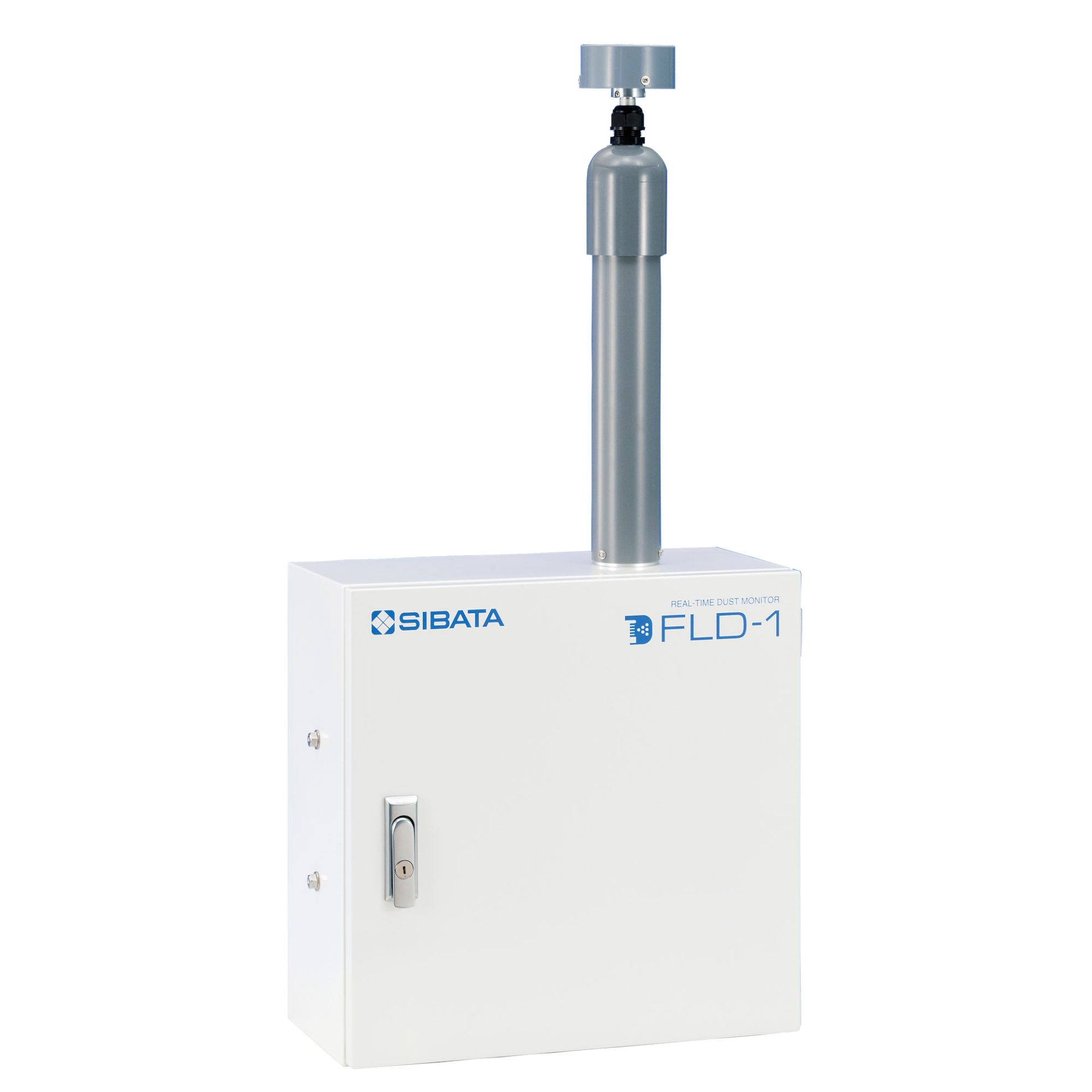
It is an all-weather dust monitor that can continuously monitor the fence line dust concentration in real time for 24 hours. It is a long-time measurement type product that can withstand outdoor installation and continuous operation.
Since the FLD-1 has various signal output functions, it is possible to output various measurement data by special order. Please contact us as there are various uses and application methods.
Asbestos general environment measurement
The Asbestos Monitoring Manual by the Ministry of the Environment defines a method for measuring the concentration of asbestos fibers in the environmental atmosphere. Here, we will introduce our products used for general asbestos environment measurement with reference to the manual.
Asbestos sampling in general environment
Asbestos Sampler
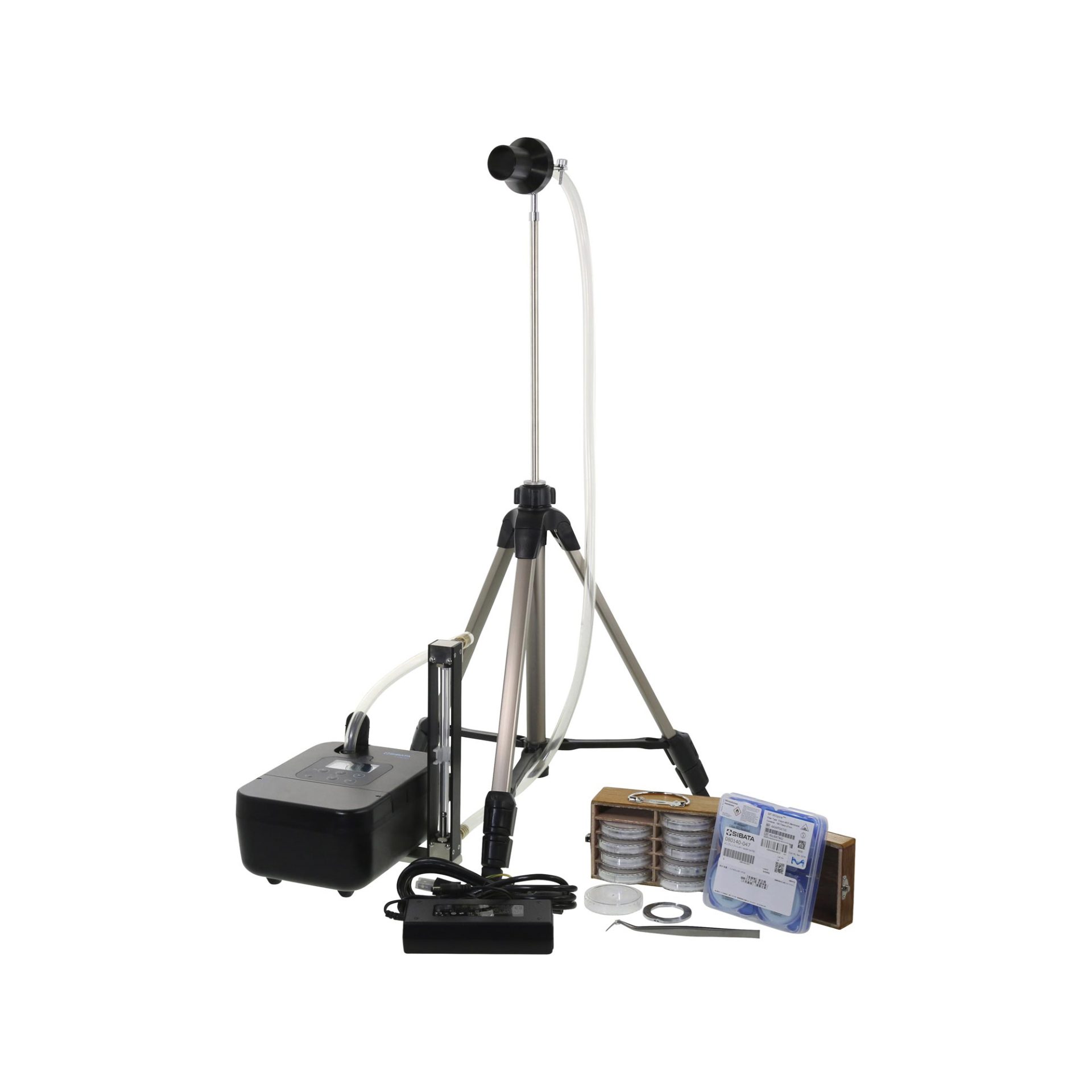
When performing the PCM method or A-SEM method, which is the asbestos counting measurement, the asbestos sampling in the atmosphere can be performed with our products.
Filter pretreatment after sampling
Filter clearing kit “Quick Fix”
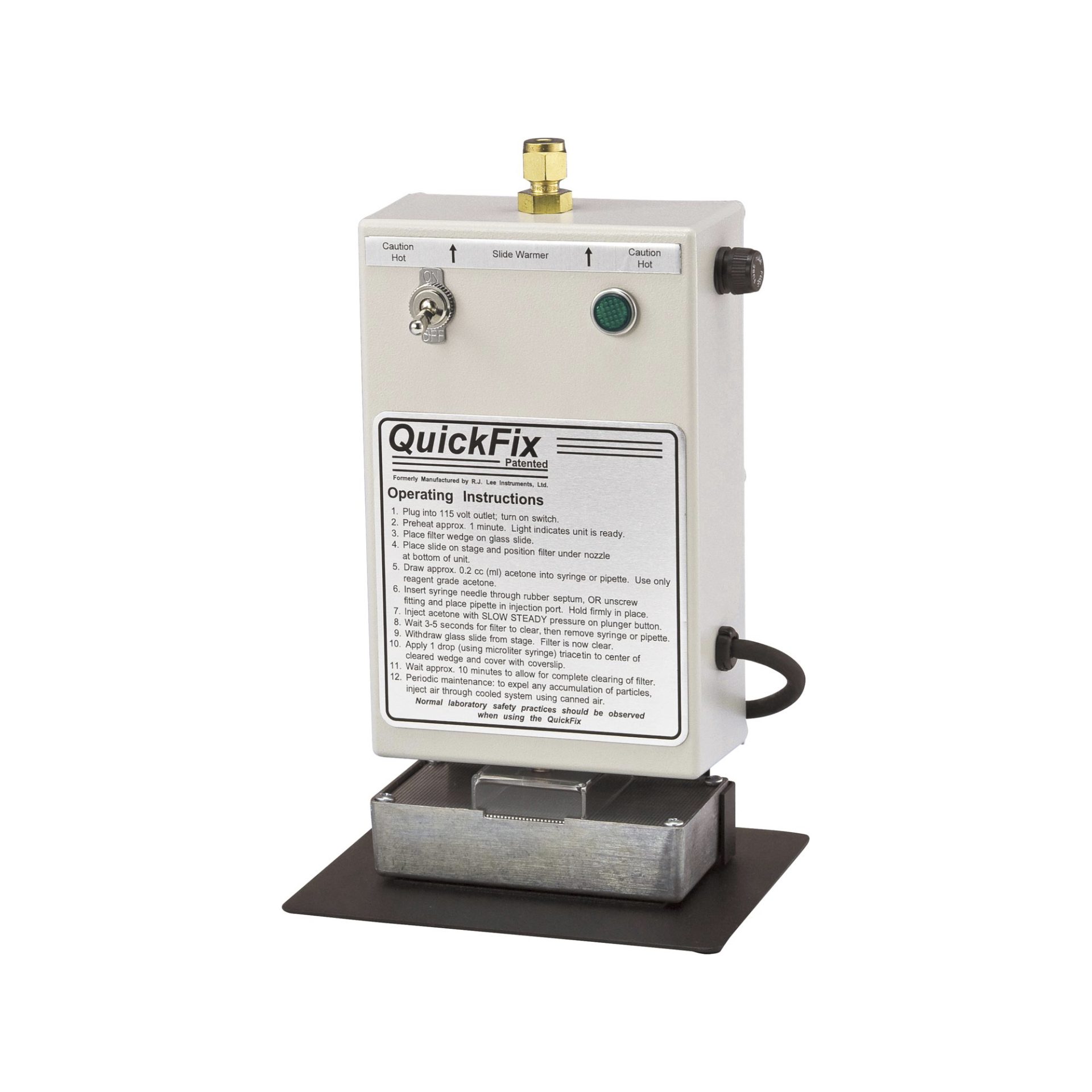
In the PCM method, etc., the filter after sampling is made transparent using acetone steam.
Asbestos count
Phase difference microscope
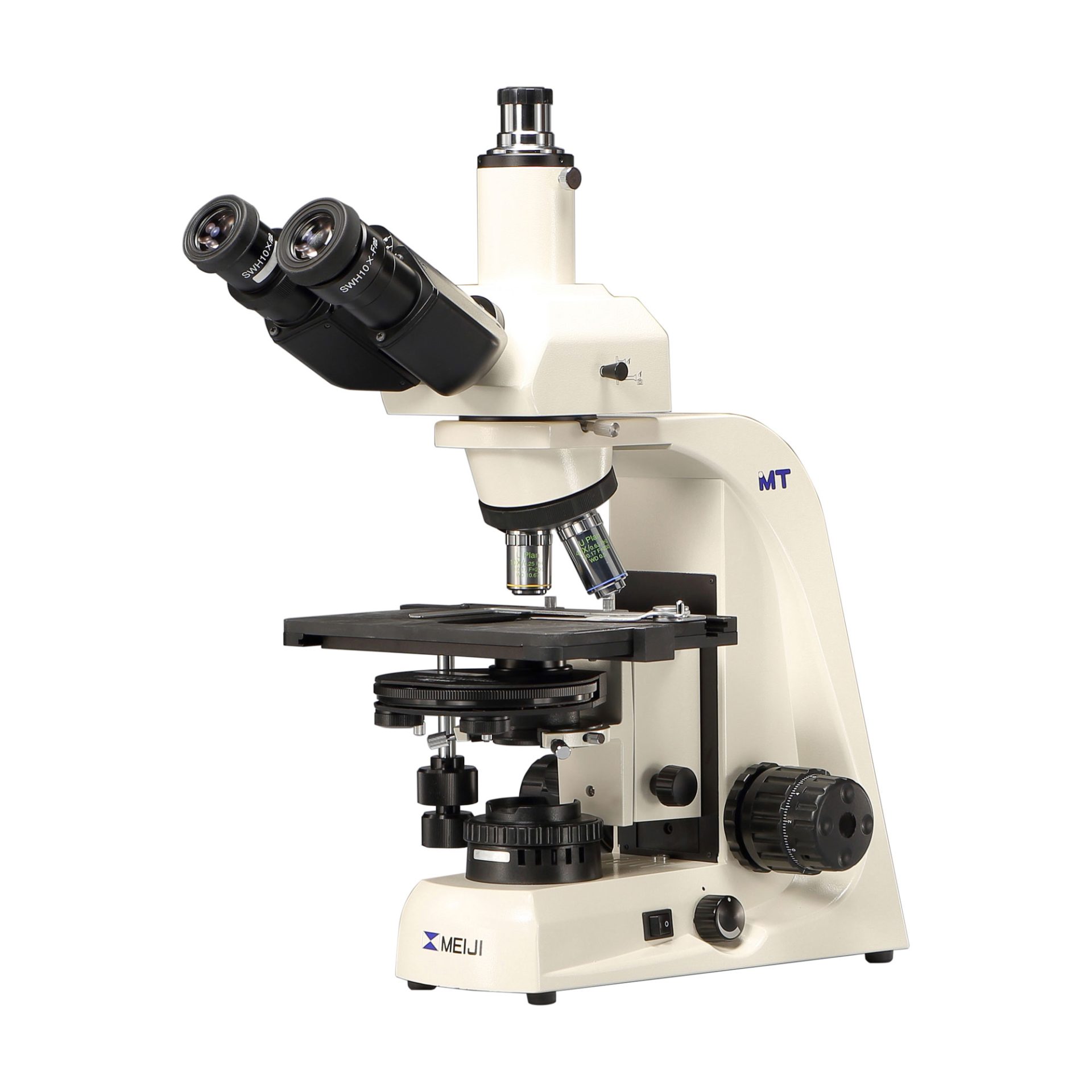
A phase difference microscope suitable for the PCM method.
Polarization / dispersion microscope
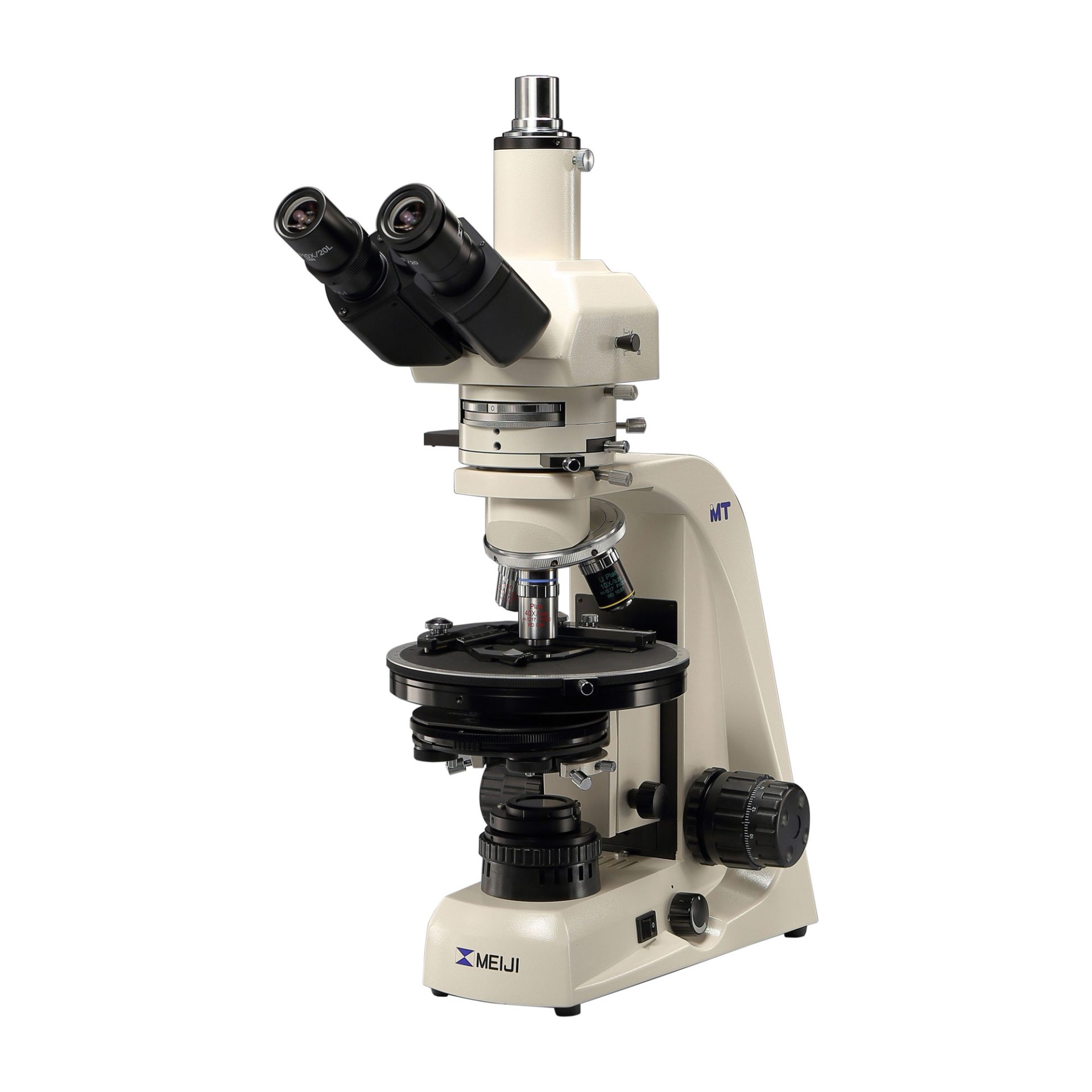
It is a microscope that supports polarization observation method and dispersion staining observation method.
Automatic measuring instrument (simple measuring instrument)
Fiber Monitor
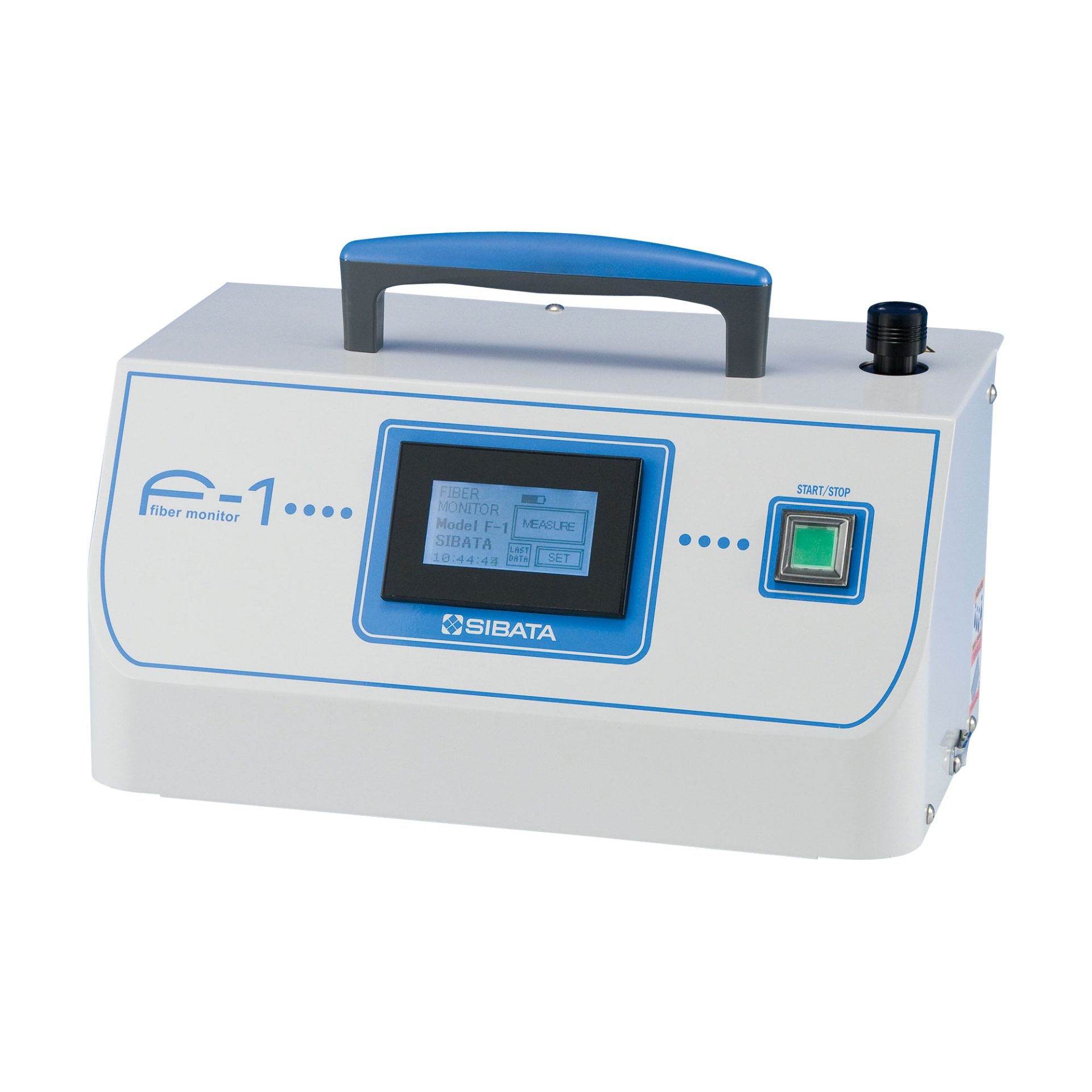
Asbestos general environment measurement does not allow automatic fibrous material measuring instrument (fiber monitor), so it cannot be used as an official method, but we will introduce it as a simple measuring instrument because we can grasp the tendency in the field.
School Environment
School environmental management is carried out in accordance with school environmental hygiene standards, and the contents are divided into 6 items as follows ; “Environment such as classrooms”, “Water quality such as drinking water and facilities / equipment”, “Cleanliness of schools, rats, sanitary pests, etc. and Management of equipment in classrooms, ” “Swimming pool”, “Environmental hygiene in daily life”, and “Miscellaneous rules”. Here, we will introduce the measuring instruments used in the “environment in classroom”.
Ventilation and heat retention, etc.
Temperature / relative humidity
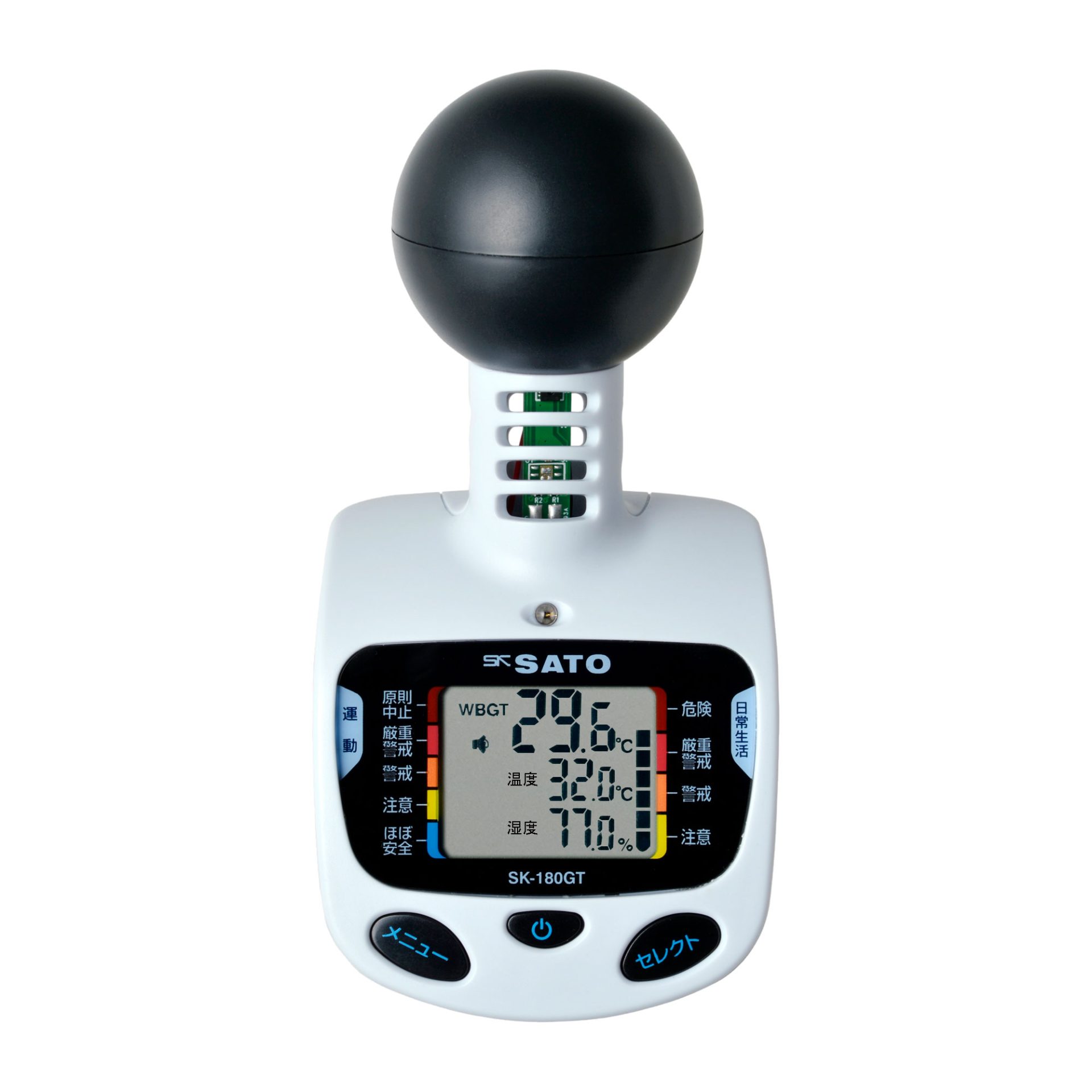
It is a measuring instrument that can display temperature and humidity up to 0.1 unit, and can also measure the heat index (WBGT), which is used as a guideline for preventing heat stroke and as an evaluation of heat stress due to a hot environment.
●Black ball type portable heat illness meter , Model SK-180GT
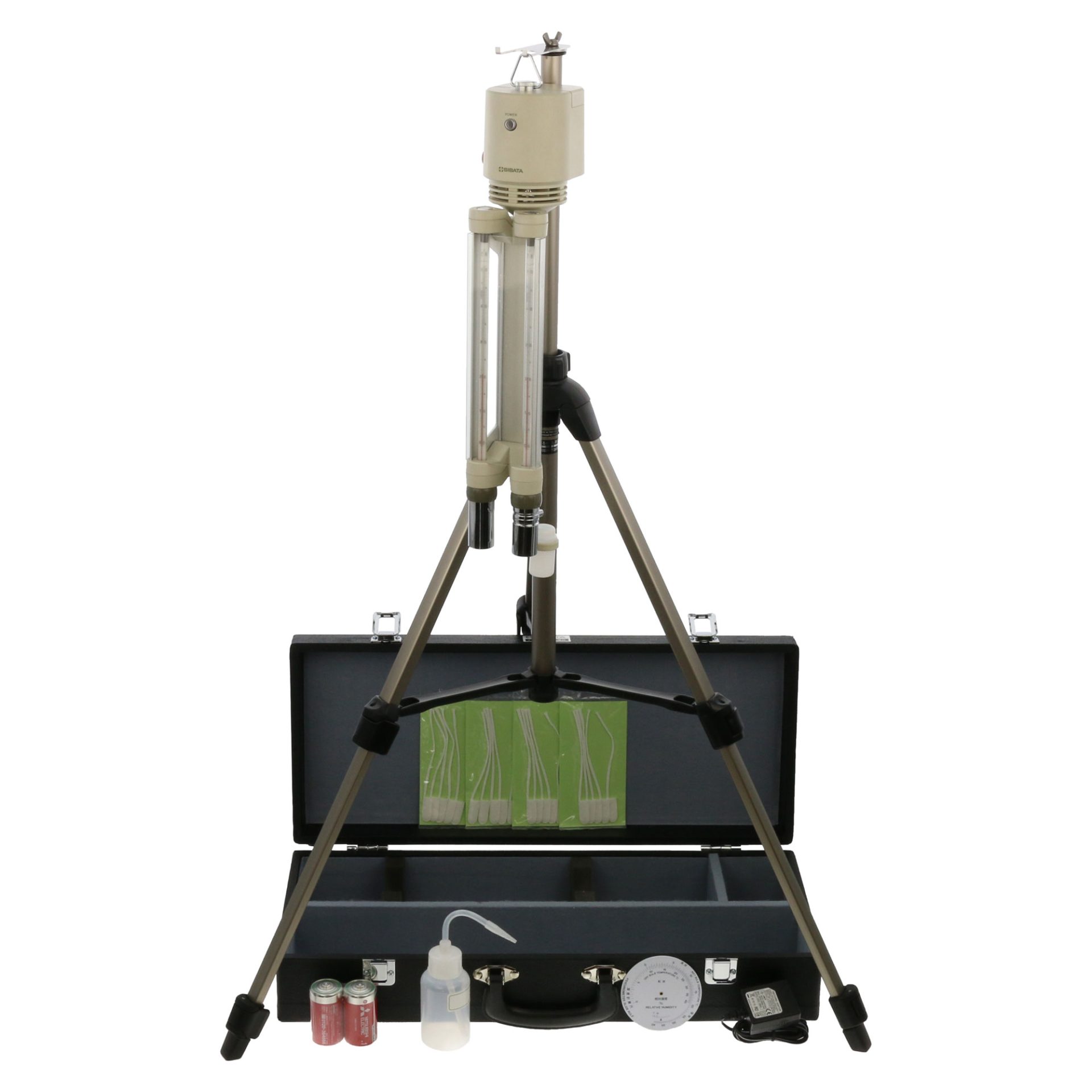
It is a mercury-less alcohol Asman ventilation dry and wet meter. If it is the same mercury thermometer type Asman ventilation dry and wet meter as this body, you can change to a mercury-less alcohol type just by replacing the thermometer.
●Asman Ventilation Wet and Dry Meter Alcohol Thermometer Specification RHG-1-AL Type
●Alcohol thermometer Asman ventilation dry / wet meter for RHG-1-AL 2 pieces
Floating dust
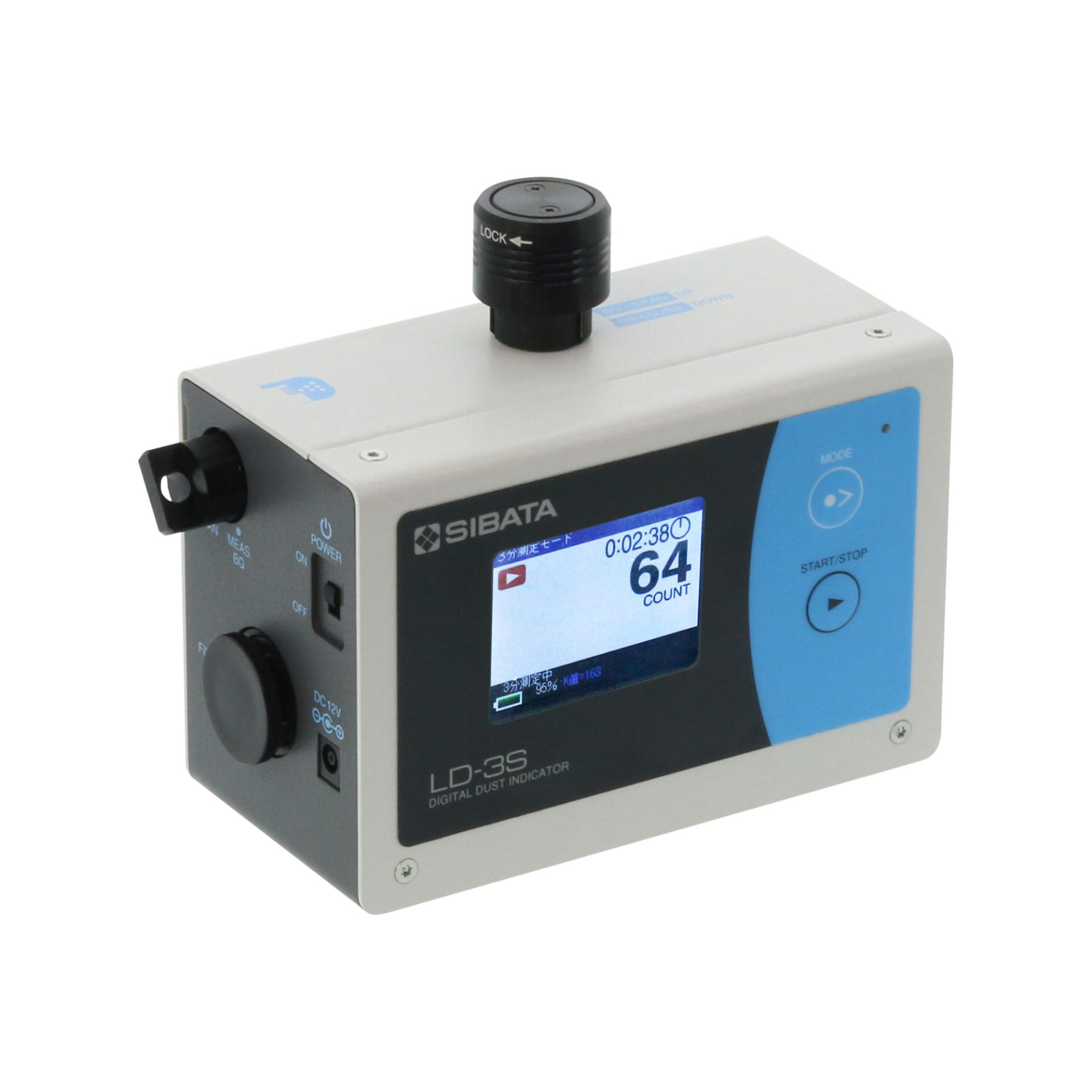
It is a dust meter that is often used in school environment measurement. You can also receive calibration from the Japan Building Hygiene Management Education Center.
Model LD-3S:Low cost type
●Digital dust meter, Model LD-3S

Model LD-5R:High-performance type
Air flow
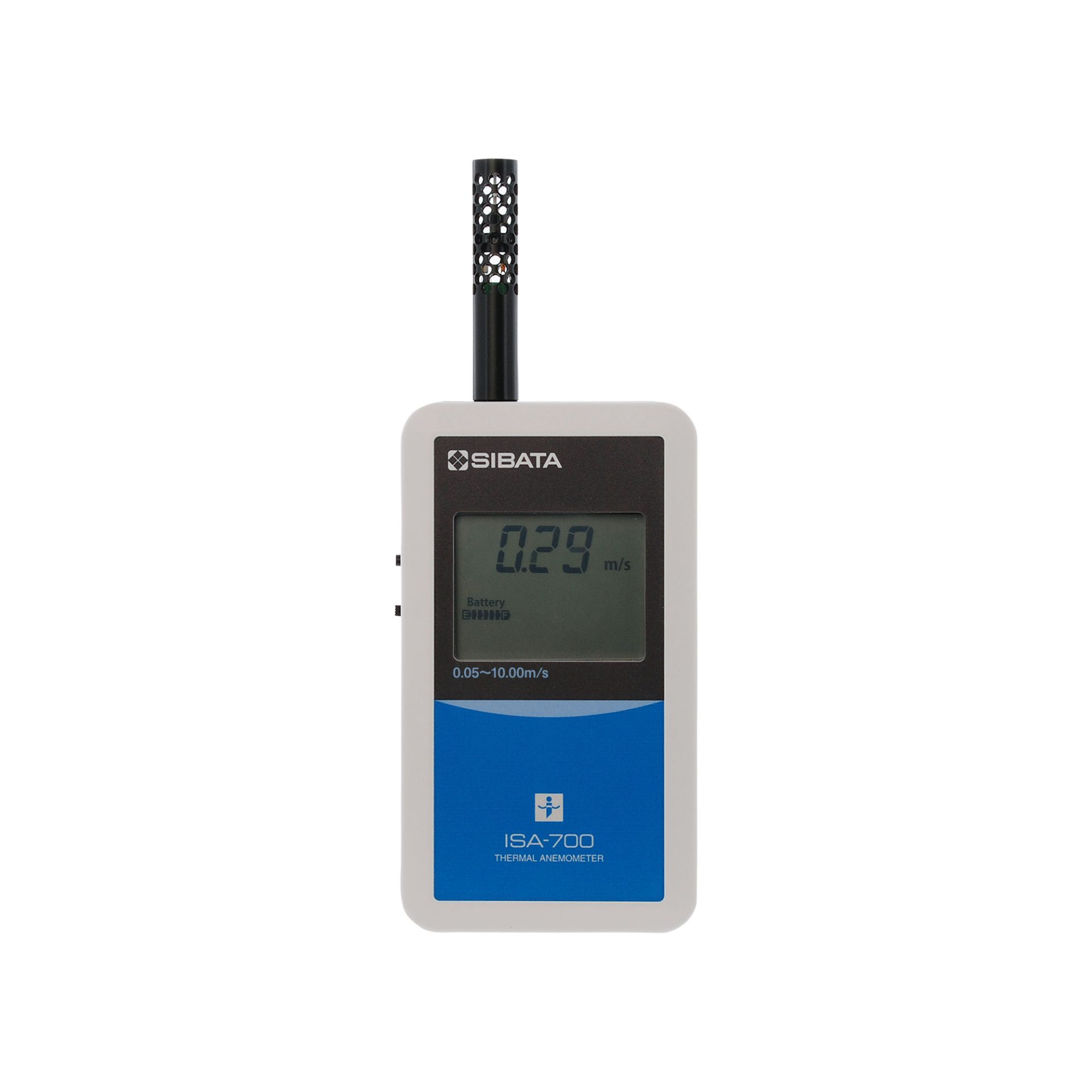
It is a wind speed meter that is often used not only in school environments but also in indoor environments. It is a JIS T 8202-1997 compliant product and is widely used as a measure to prevent passive smoking.
ISA-700:Low cost type
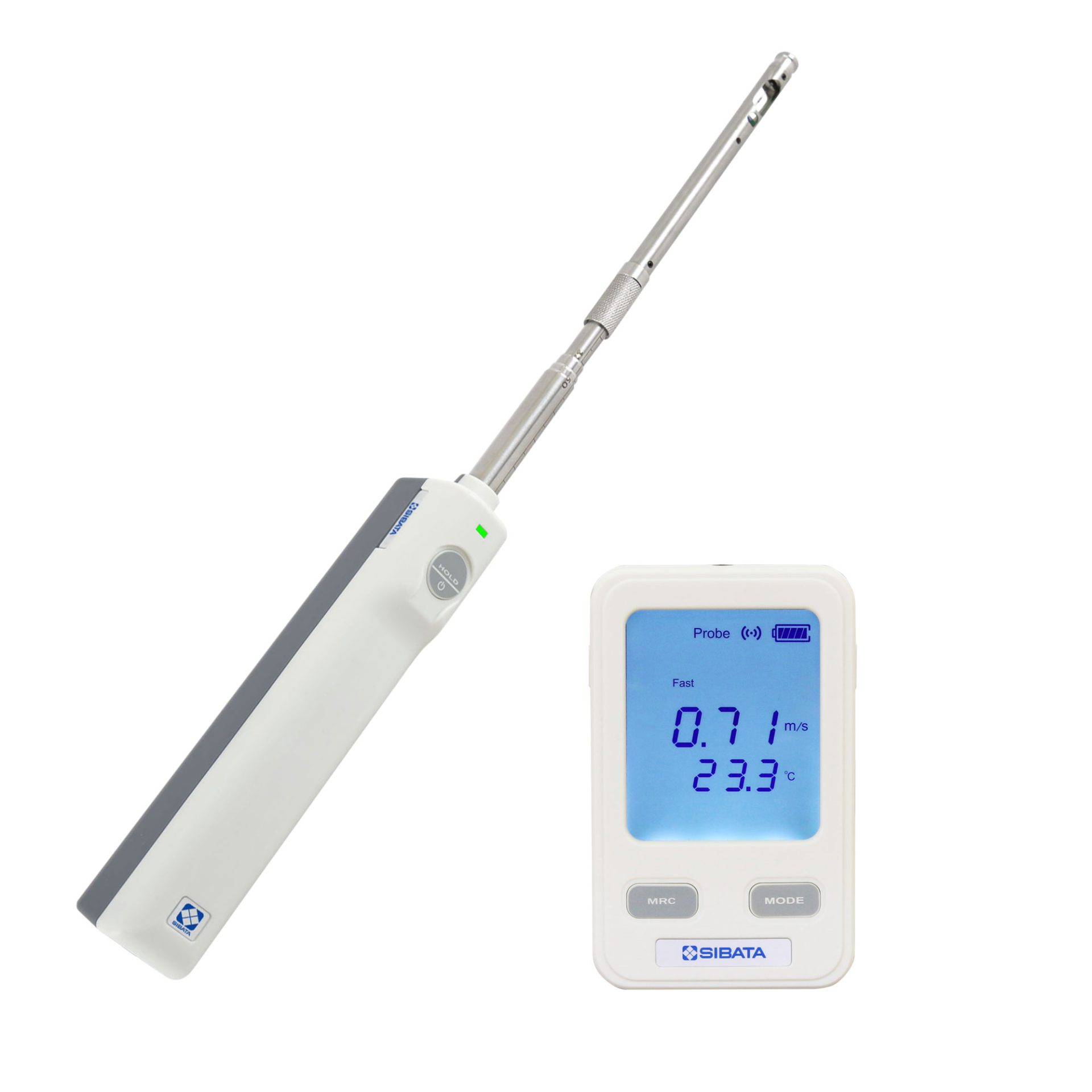
ISA-101 :High performance type
Nitrogen dioxide
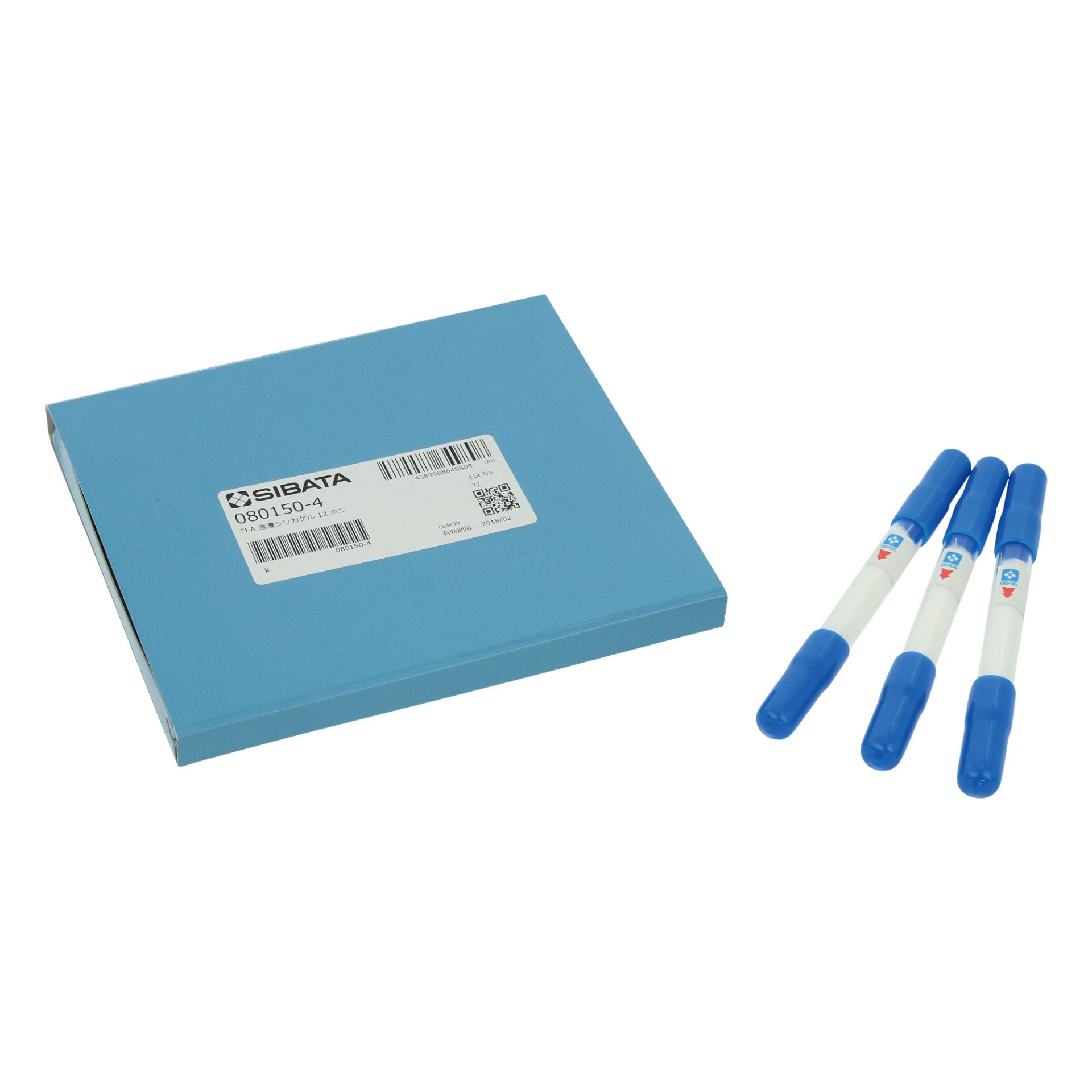
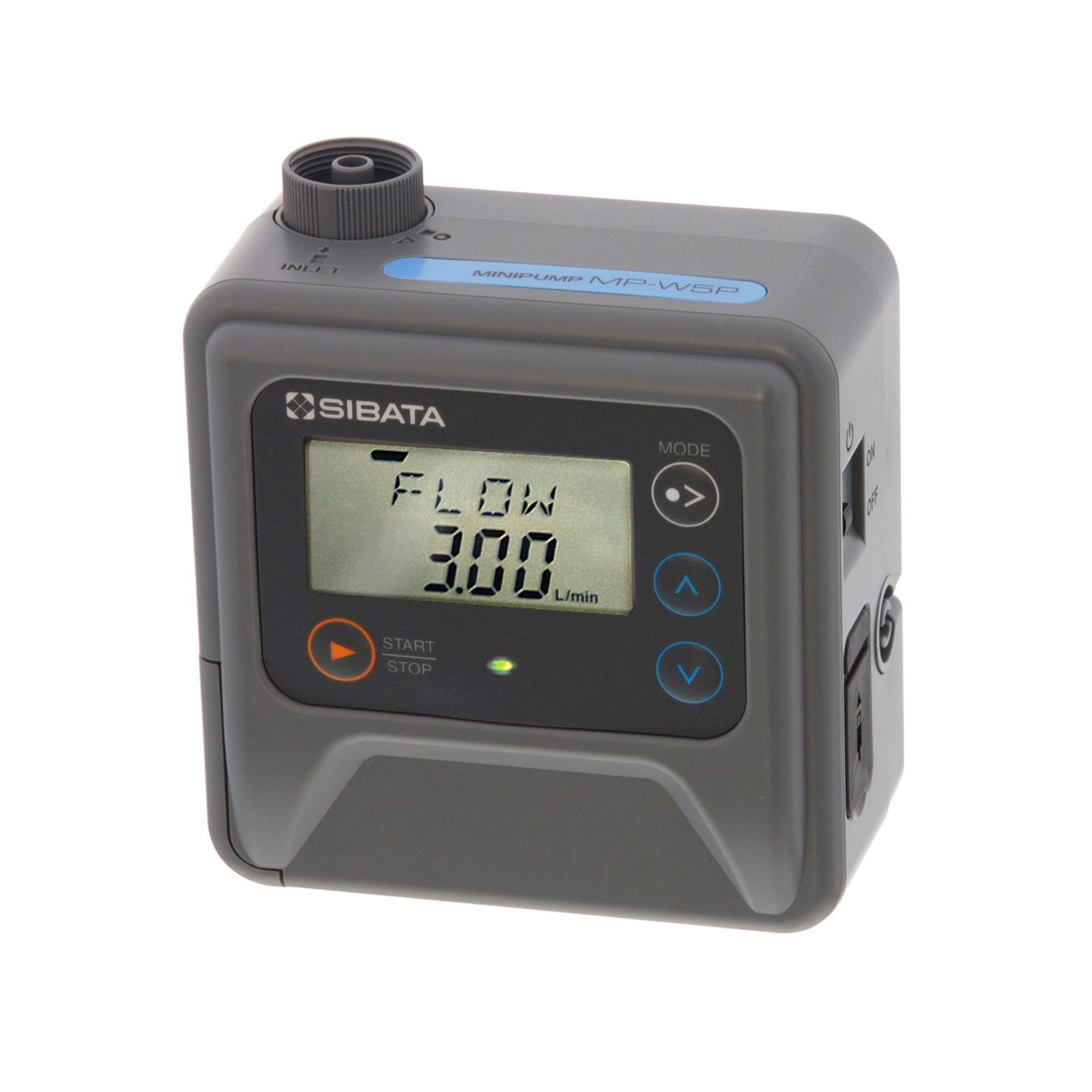
While the Salzmann method has become the standard method for measurement in school environmental hygiene standards, as an example of an equivalent or better method, “a simple method of collecting with a sampler impregnated with triethanolamine (TEA) and analyzing with the naphthylethylenediamine method” Is also described.
Volatile organic compounds
A total of 6 types of substances, “formaldehyde” and “5 types of VOC (toluene, xylene, paradichlorobenzene, ethylbenzene, styrene)” are targeted, and active and passive methods are approved.Regarding formaldehyde, “4-amino-3-hydrazino-5-mercapto-1,2,4-triazole method (AHMT method)” is also described as an example of the equivalent or higher method.
Formaldehyde(Active method)
Formaldehyde(Passive method)
Active method & passive method by AHMT method
5 types of VOC (Active method)
5 types of VOC (Passive method)
Lighting
Illumination
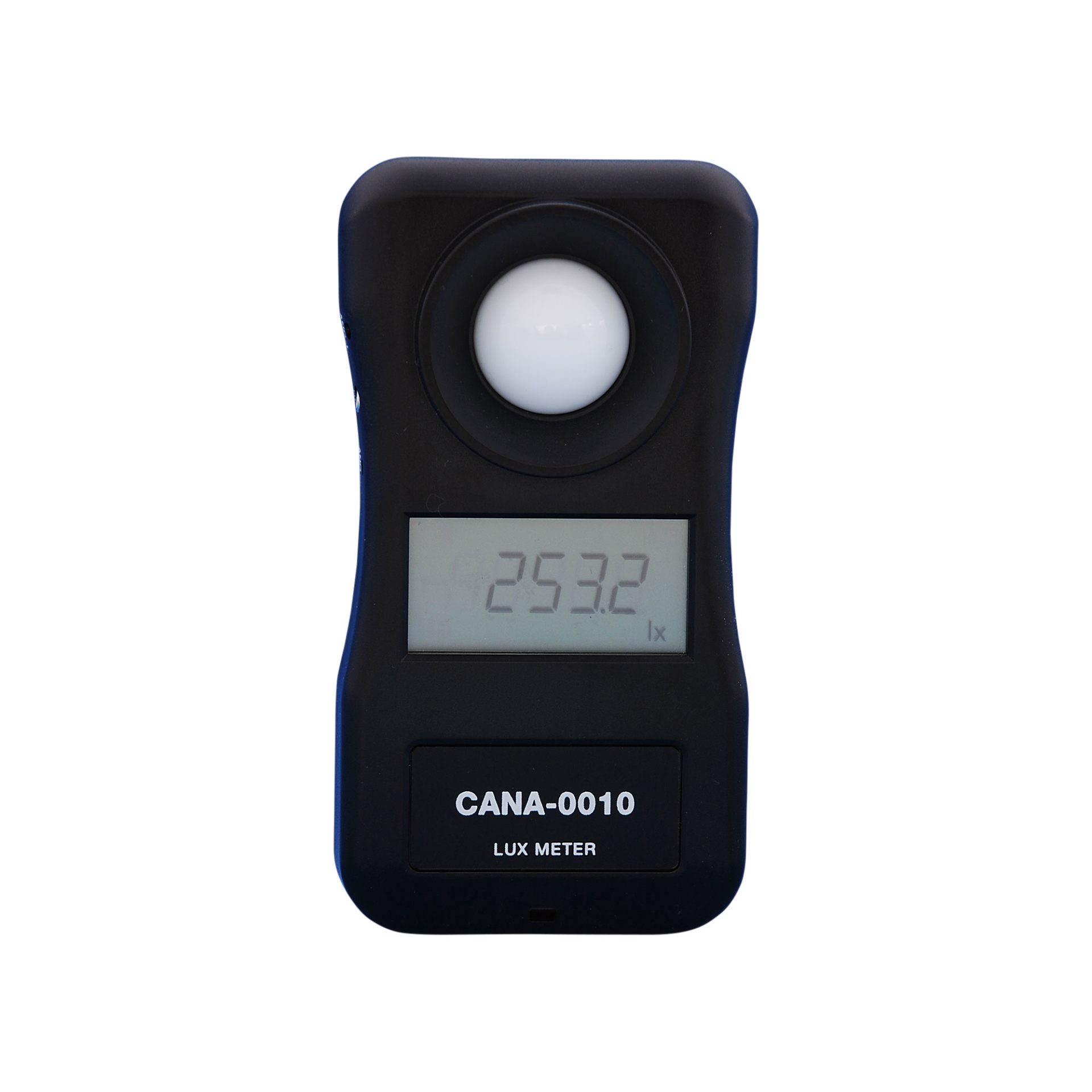
JIS C 1609 A standard luminometer that has class A accuracy and is often used for school environment measurement.
Noise
Noise level
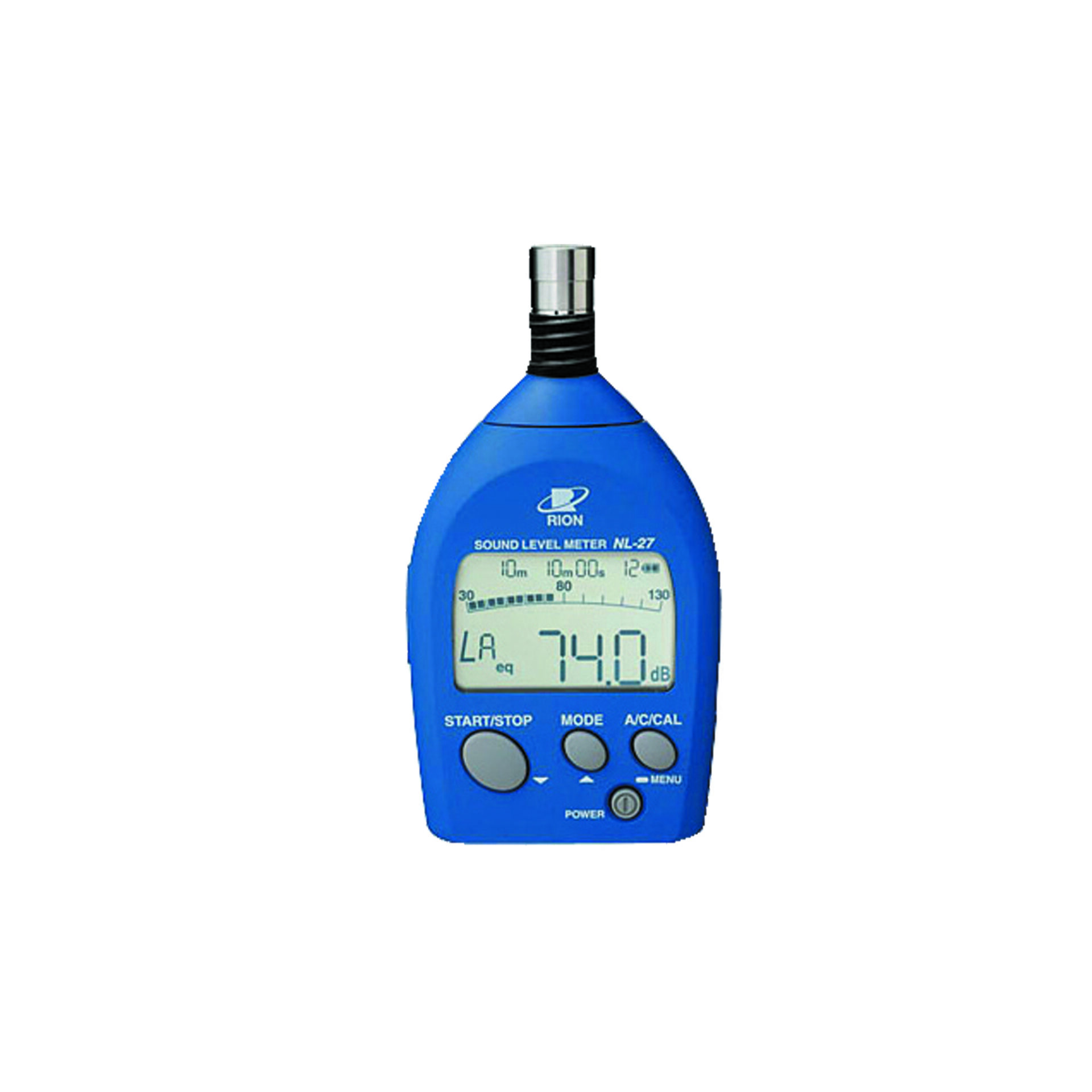
It is a noise meter that can measure the equivalent noise level.
Others
Comprehensive measuring instrument
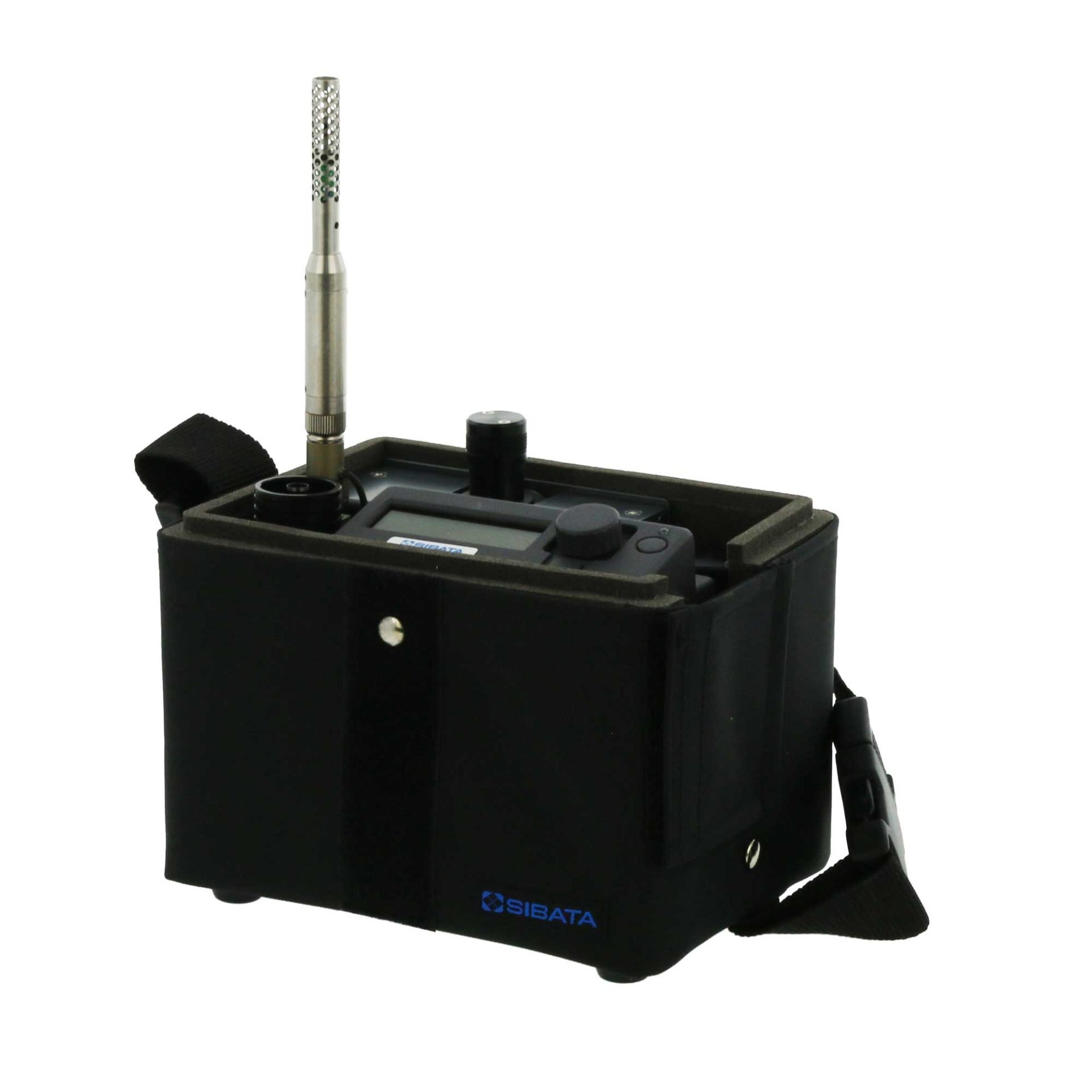
It is a comprehensive measuring instrument that measures the basic 6 items (temperature, humidity, CO, CO2, suspended dust, airflow) of indoor air environment factors. Illumination, noise, etc. can be measured at the same time as an option.
PM2.5 Digital Dust Indicator, Model LD-5R
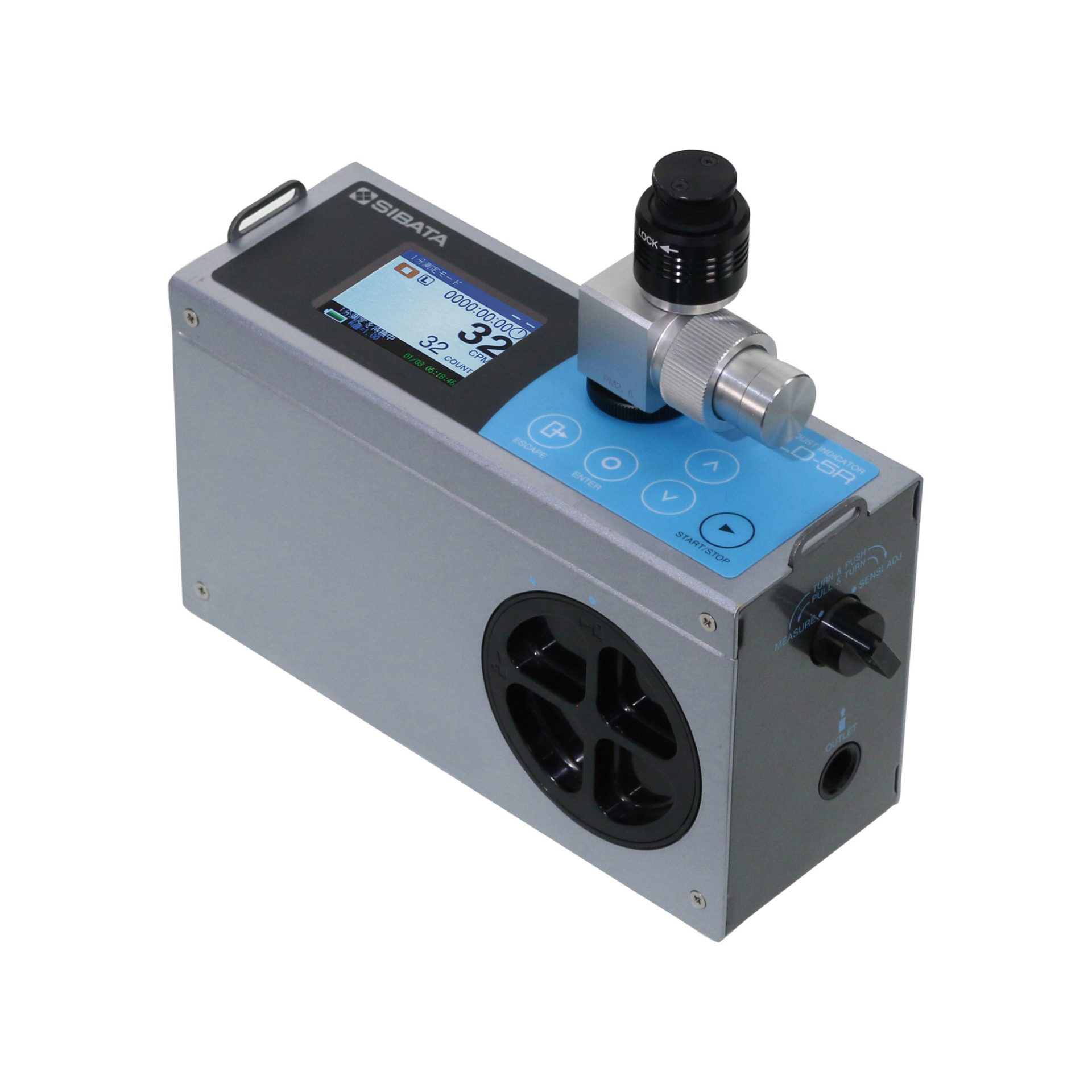
PM2.5 is originally under the jurisdiction of the Ministry of the Environment, but it is not another person’s affair because it is exposed so that the school itself is wrapped up. By using the PM2.5 dust indicator LD-5R, which is small and mobile and can measure in a short time, and the data of the Ministry of the Environment, it is possible to apply the PM2.5 countermeasures.
Building Management
For building management and measurement, “Adjustment of air environment” and “Water supply and wastewater management, “cleaning,” “mouse,” “control of insects, etc. and other maintenance of good environmental hygiene. ” are included in the “Building Environmental Sanitation Management Standards” stipulated in the “Act on Ensuring a Sanitary Environment in Buildings” notified by the Ministry of Health, Labor and Welfare, commonly known as the “Building Sanitation Law”. Here, we will introduce the measuring instruments used to maintain “adjustment of the air environment”.
Air Environment Measurement
Comprehensive Measuring Instrument

It is a comprehensive measuring instrument that measures the basic 6 items (temperature, humidity, CO, CO2, suspended dust, airflow) of indoor air environment factors. Illumination, noise, etc. can be measured at the same time as an option.
Floating dust

It is a dust meter that can be calibrated by the Japan Building Hygiene Management Education Center.
Model LD-3S:Low cost type
●Digital dust meter, Model LD-3S

Model LD-5R:High-performance type
Air flow

t is a wind speed meter that is often used not only in school environments but also in indoor environments. It is a JIS T 8202-1997 compliant product and is widely used as a measure to prevent passive smoking.
ISA-700:Low cost type

ISA-101 :High performance type
Temperature / relative humidity

It is a measuring instrument that can display temperature and humidity up to 0.1 unit, and can also measure the heat index (WBGT), which is used as a guideline for preventing heat stroke and as an evaluation of heat stress due to a hot environment.
●Black ball type portable heat illness meter , Model SK-180GT

It is a mercury-less alcohol Asman ventilation dry and wet meter. If it is the same mercury thermometer type Asman ventilation dry and wet meter as this body, you can change to a mercury-less alcohol type just by replacing the thermometer.
●Asman Ventilation Wet and Dry Meter Alcohol Thermometer Specification RHG-1-AL Type
●Alcohol thermometer Asman ventilation dry / wet meter for RHG-1-AL 2 pieces
Amount of formaldehyde
Main measurement is the DNPH (2.4-dinitrophenylhydrazine) collection-by HPLC (high-speed liquid chromatograph) method. In addition, “4-amino-3-hydrazino-5-mercapto-1,2,4-triazole method (AHMT method)” is also described.

